Balitraveldiary.com – Part of local Hindu wisdom specifically in Bali as a layout and layout of sacred buildings in Bali according to philosophical, ethical, and ritual foundations. Paying attention to the concept of Tri Hita Karana, namely the selection of land, a good day of development in relation to the harmonization of nature. The rules are the work guidelines used for an Undagi.
Arrangements on the layout, procedures, and building layouts in residential houses or places of worship are based on the Nine Rulers or Nawa Sanga in each direction of the wind. Regarding the rules of the spatial concept, it is based on eight things, such as the balance of the cosmos between humans, nature, and the creator.
Sequential value system, cardinal directions, open space, proportion and scale of space, chronology and procession of development. Then, honesty structure and honesty in using materials. The rules teach Undagi how to build that can achieve harmony and balance, covering the lower realms, middle realms, and upper realms.
1. The Concept of Cosmos Balance
The Balinese Hindu community believes that if the building has the soul of the great Bhuana or the nature of the macrocosm, Bhuana Alit (microcosm) is the human who occupies the building. To obtain a balance, the building must be harmonious between humans (microcosm) and the building occupied by the macrocosm.
Balinese cosmology can be described sequentially as Bhur, the universe where the gods reside. Under the human nature and daily life full of worldly temptations related to materialism. The humiliating nature is a symbol of the existence of Satan and lust always tempts humans to deviate from the dharma called Swah.
The concept of building a traditional Balinese house with the asta kosala kosali rule also adheres to the cardinal points. Nawa sanga or 9 winds where each building has its own place. For example, the kitchen is associated with fire, so it is placed in the south. the place of prayer is to the east where the sun rises.
The well as a source of water is placed in the north because there is a mountain. In Balinese society, social status is also used as a guide. So, there is a Balinese house called Puri or Offal. The layout of the Balinese house building will be divided into Jero as the outer part and Jaba Jero defining the outer and inner, or middle, space.
2. Measuring Based on the Anatomy of the Occupant Owner’s Body
easurements in the construction of Balinese houses do not use a meter, but use the rules of body anatomy. Like the hands, fingers, arms, and legs of the owner of the dwelling. Measurements using body anatomy, such as Musti is the size or dimensions of the size of the hand clenched with the thumb facing up.
A cubit is a measure of the distance between an adult human hand, starting from the middle wrist to the tip of the open middle finger. Fathoms is a measure used between two arms stretched from left to right. Acengkang or alengkat in measuring from the tip of the index finger to the tip of the thumb of the outstretched hand, and so on.
3. The Tri Angga-Tribuana Concept
This concept is a form of consistency in the value of space and buildings that can be realized by placing various buildings. The value of the function is harmonized with the hierarchical structure of the space value. It is known that the floor height is adjusted to the function value of the building, so that there is harmony between the space value and the building value.
Tri Angga’s concept of construction techniques and materials consists of blasphemy, middle, and main. Nista describes the lower part of the building, namely the foundation and materials of mountain natural stone and bricks. Madya as the center of the building is manifested in the building of walls, windows, and doors.
The main is the symbol of the topmost building embodied in the form of the roof and the holiest place of the residence. Described as the abode of gods or ancestors. Roofing materials use fibers and reeds, or now tile or asbestos.
That’s information about Asta kosala kosali in Balinese society. This concept is based on the geographical concept of Bali’s nature with its two axes, namely the cosmic axis and the ritual or procession axis. A mountain located in the middle of the island of Bali as the axis of the cosmos. Thus, forming an axis with two directions, namely towards the mountains and the sea.
Source : Kintamani.id

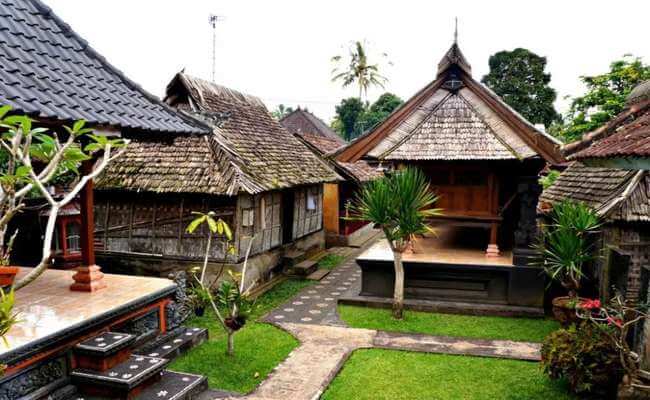
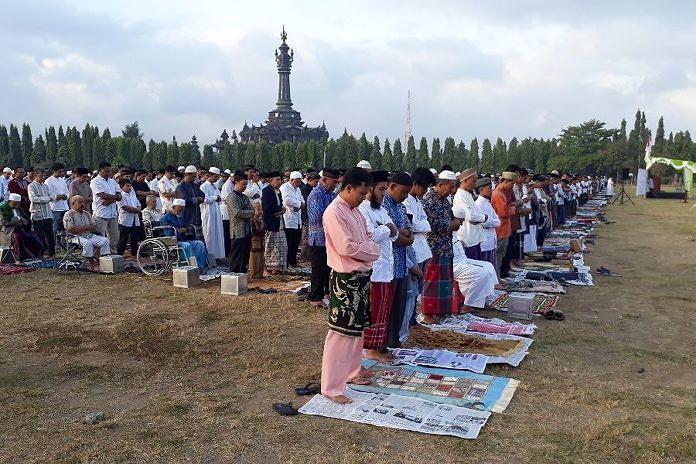
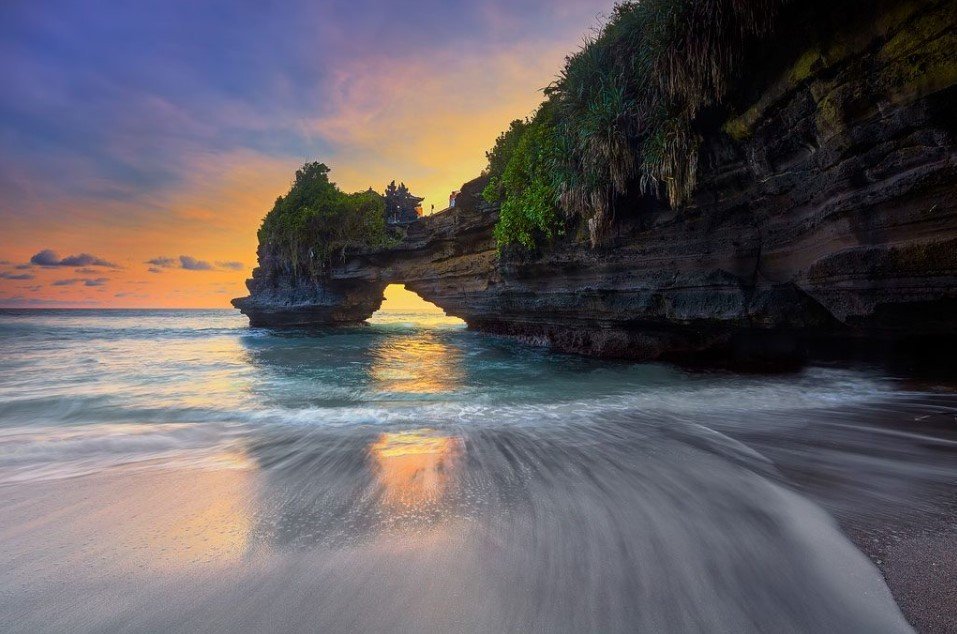
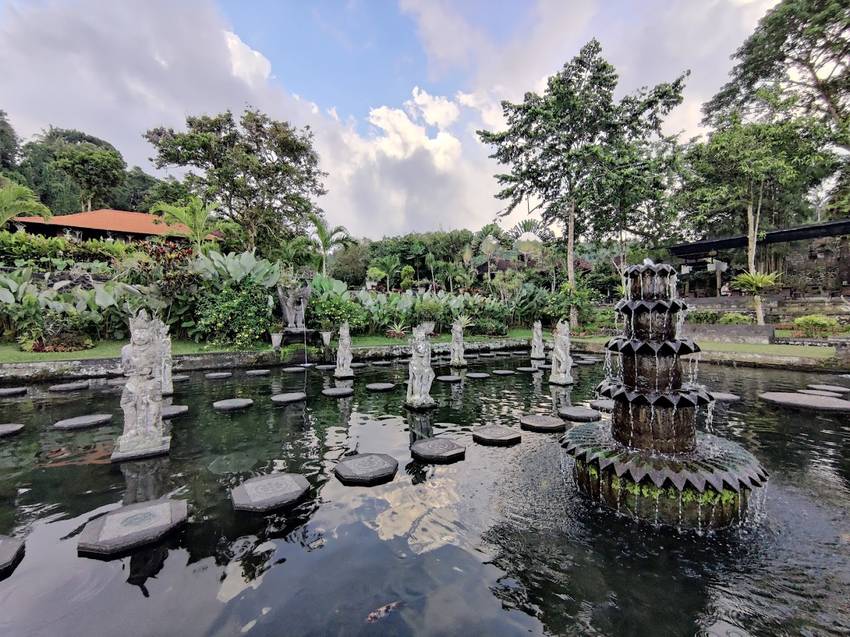



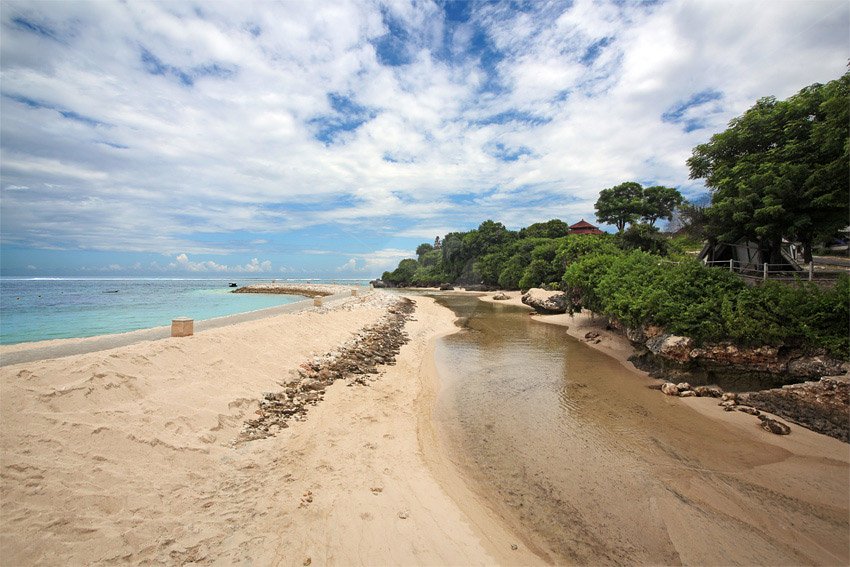
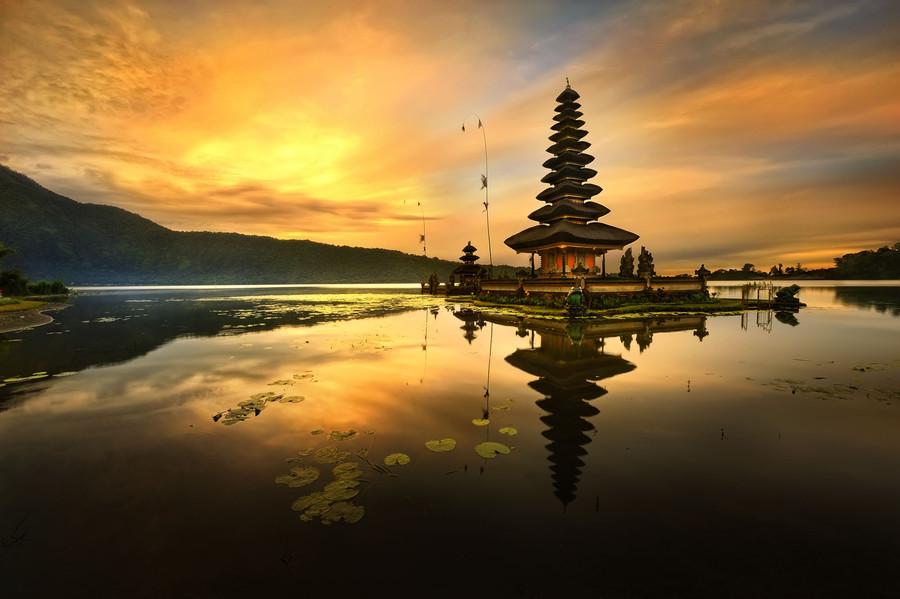
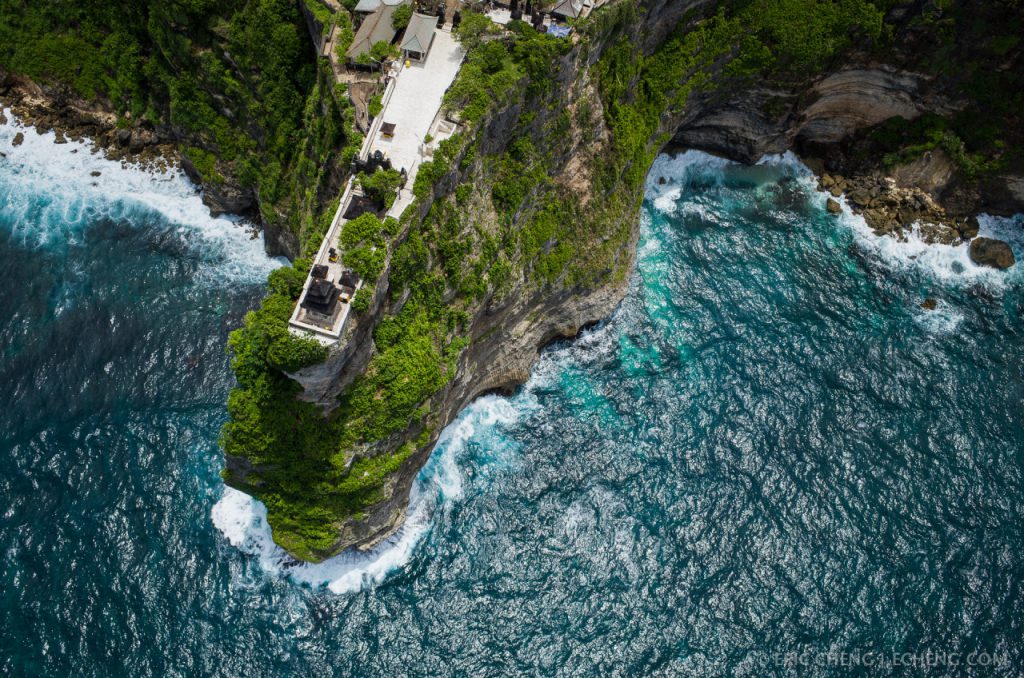


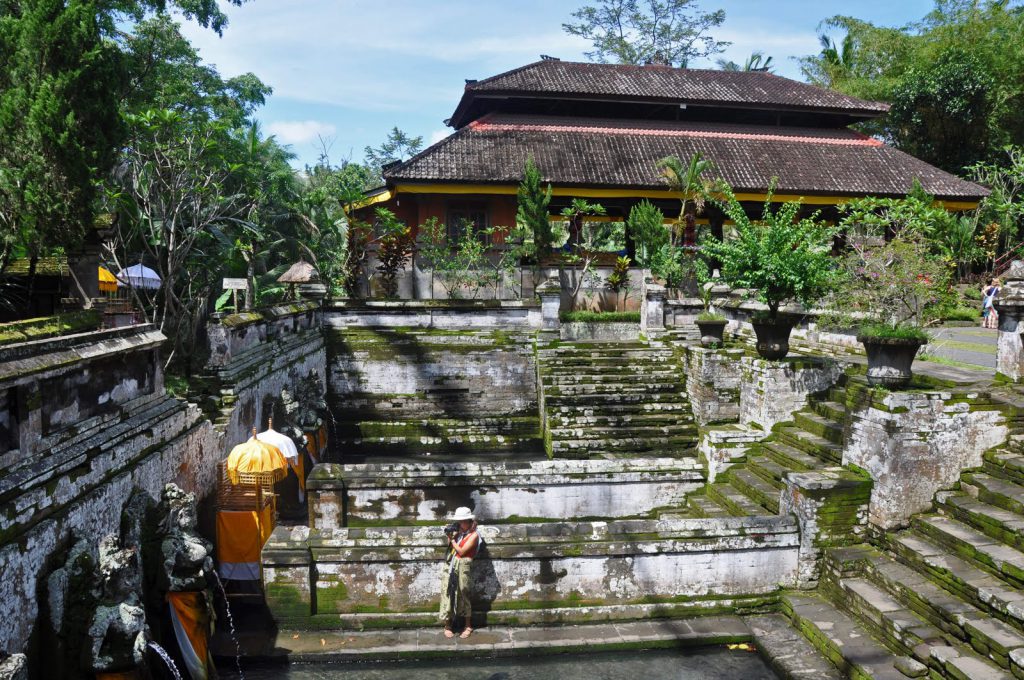


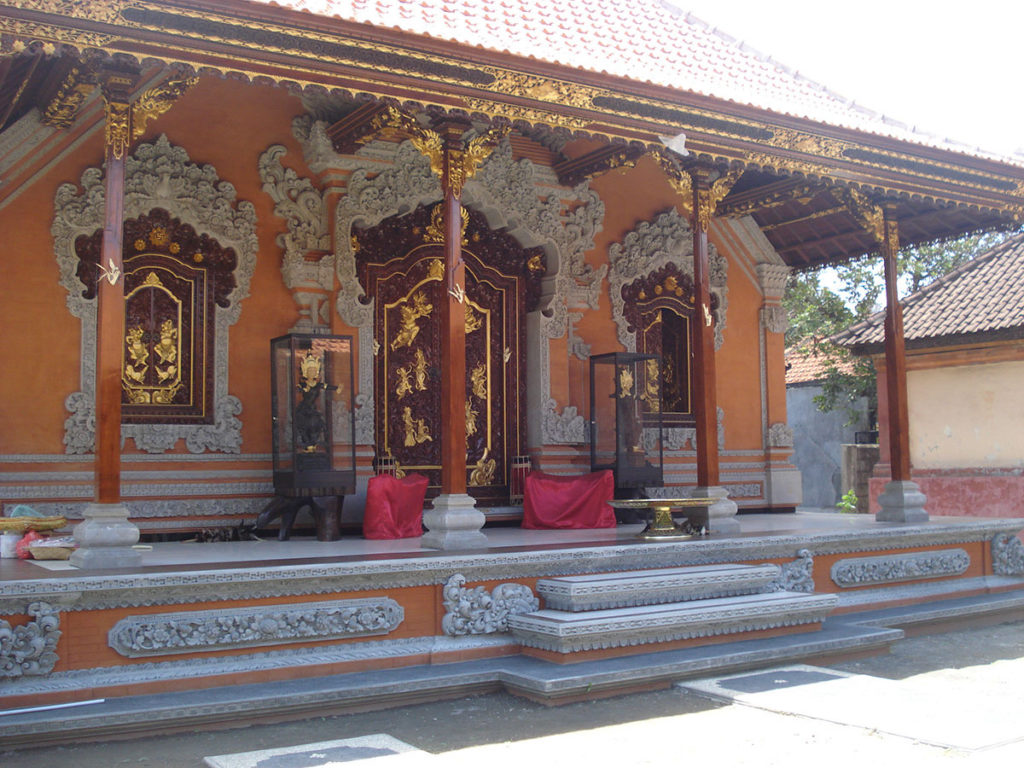

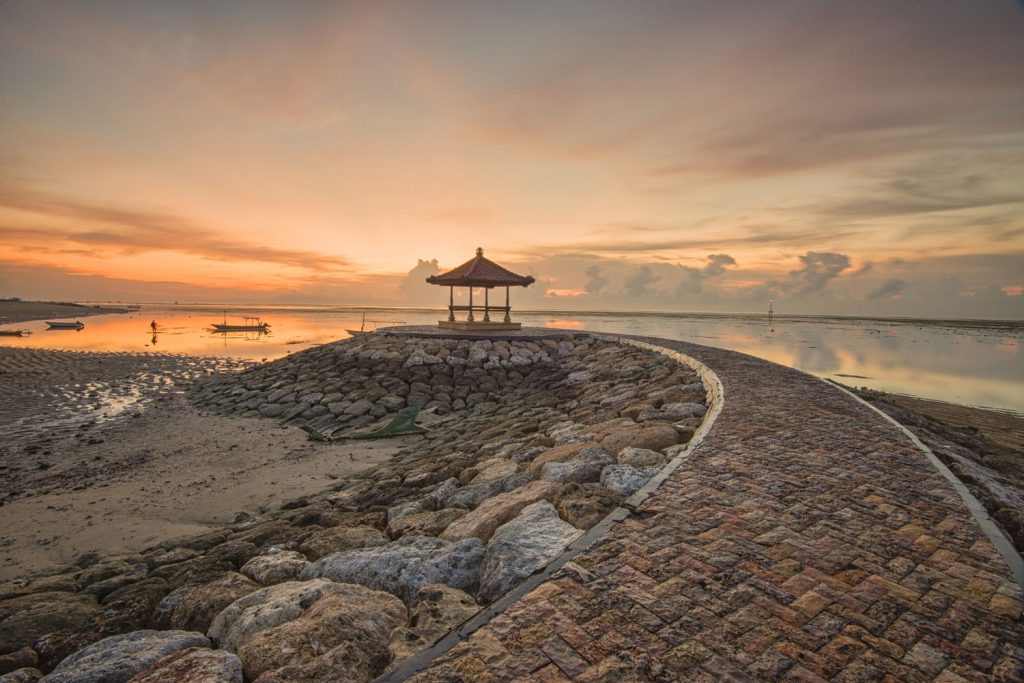
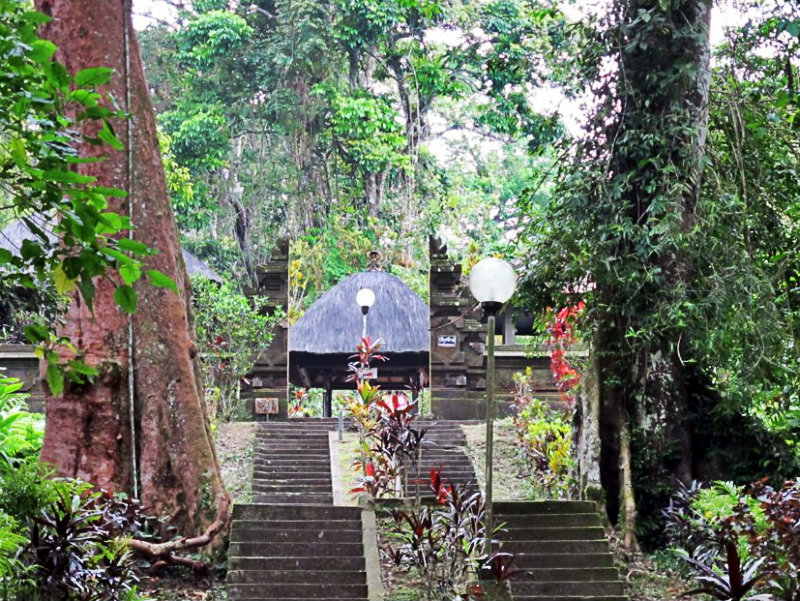






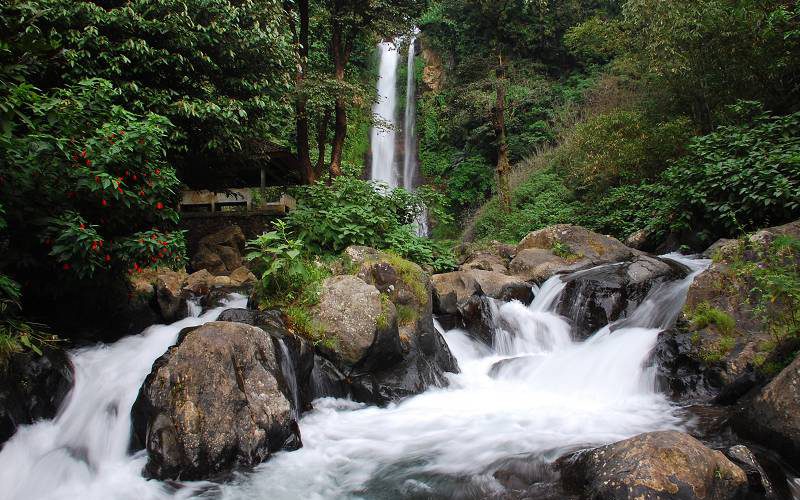


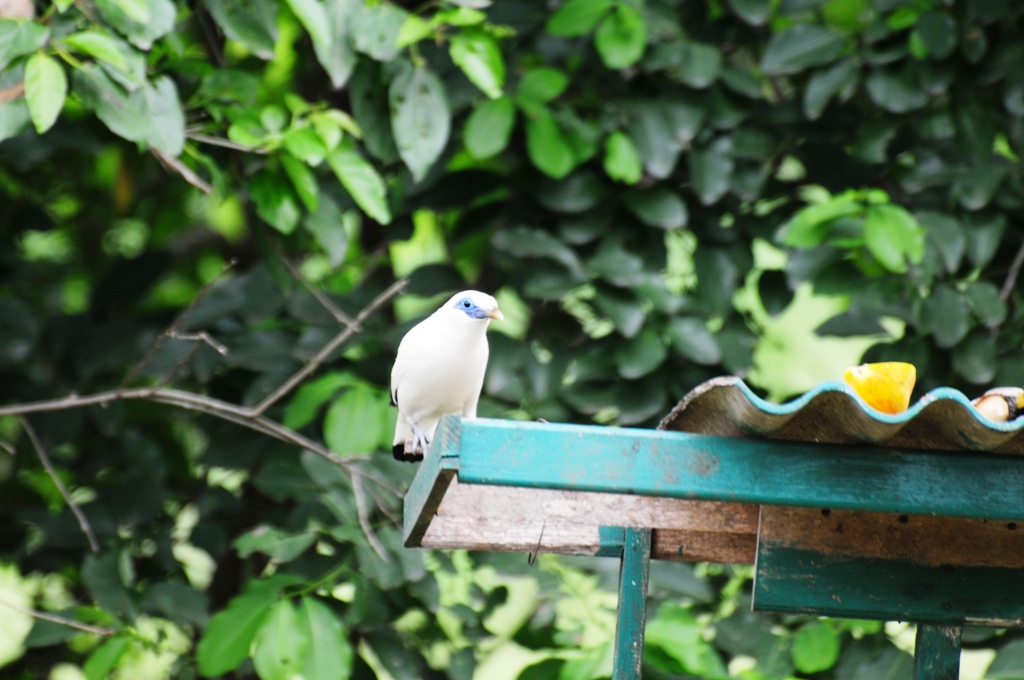



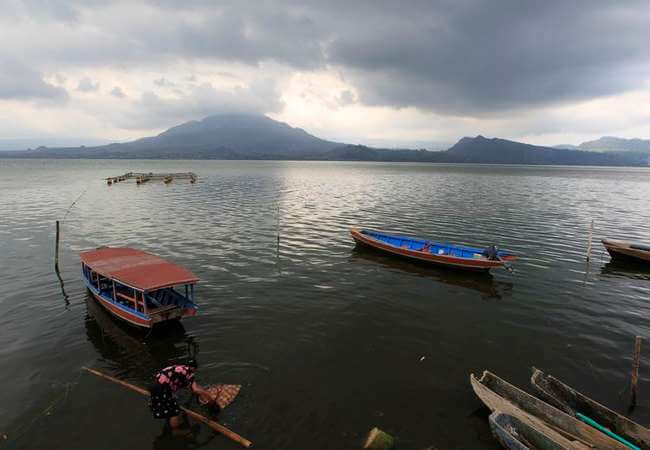


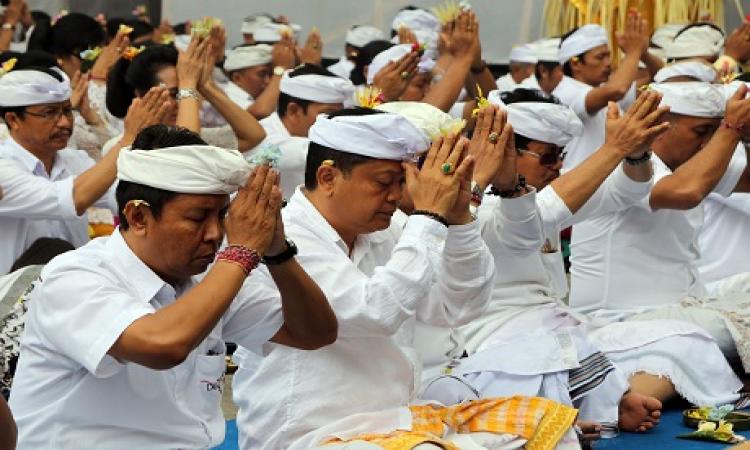
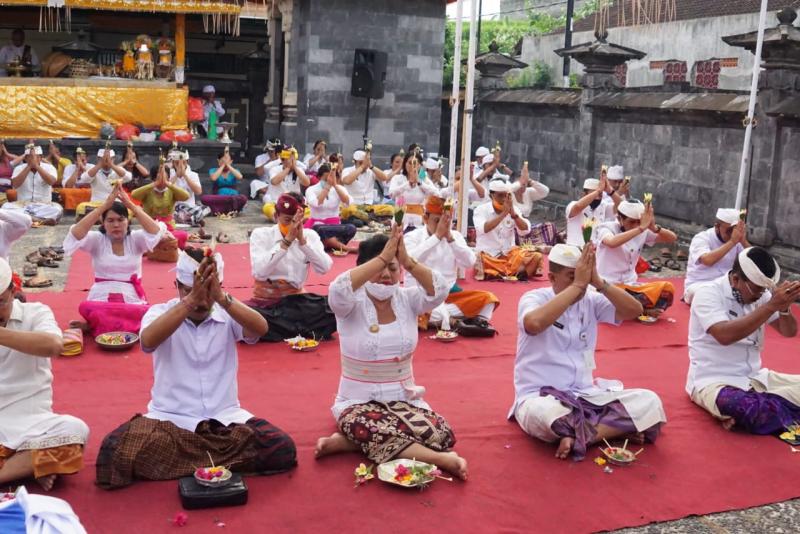

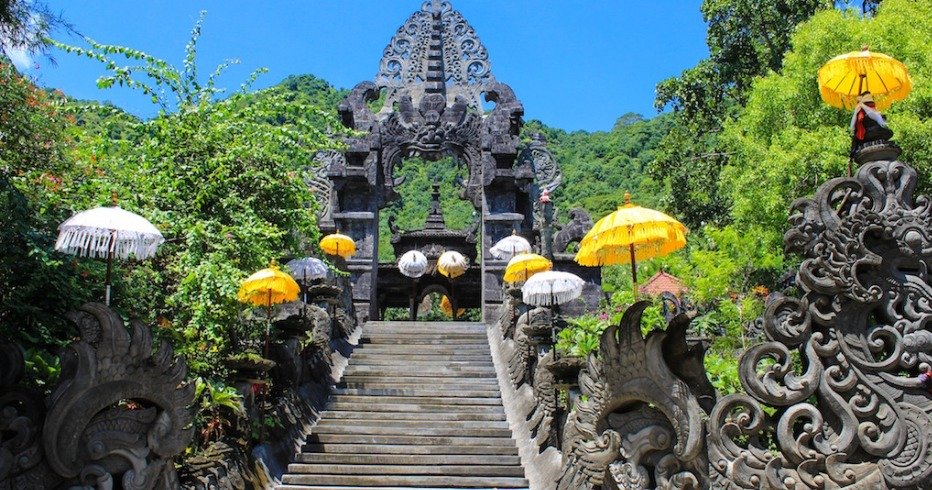
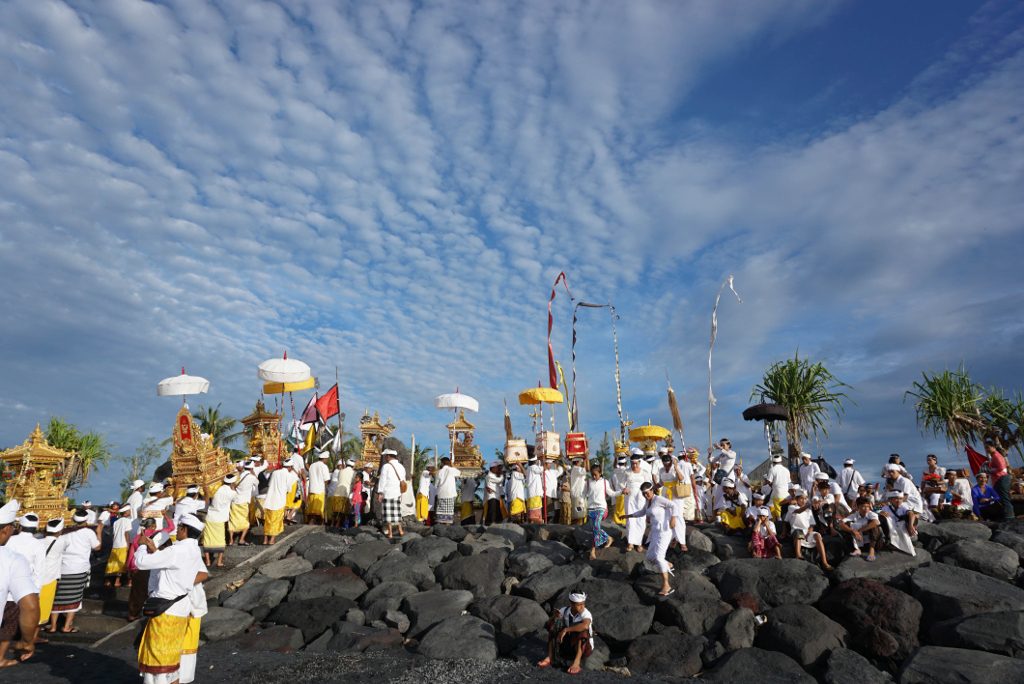

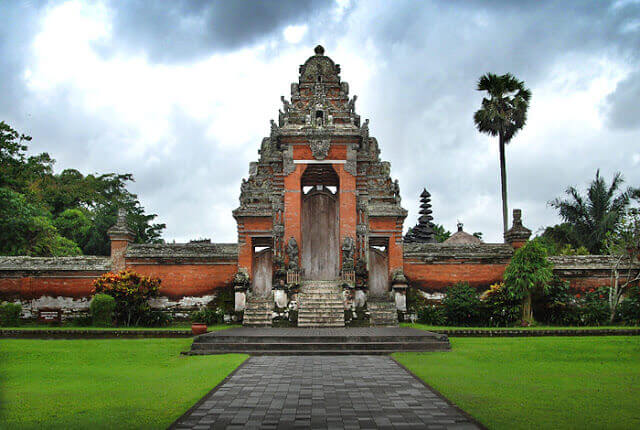
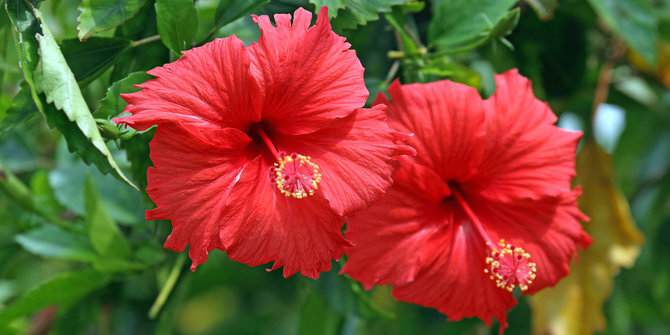

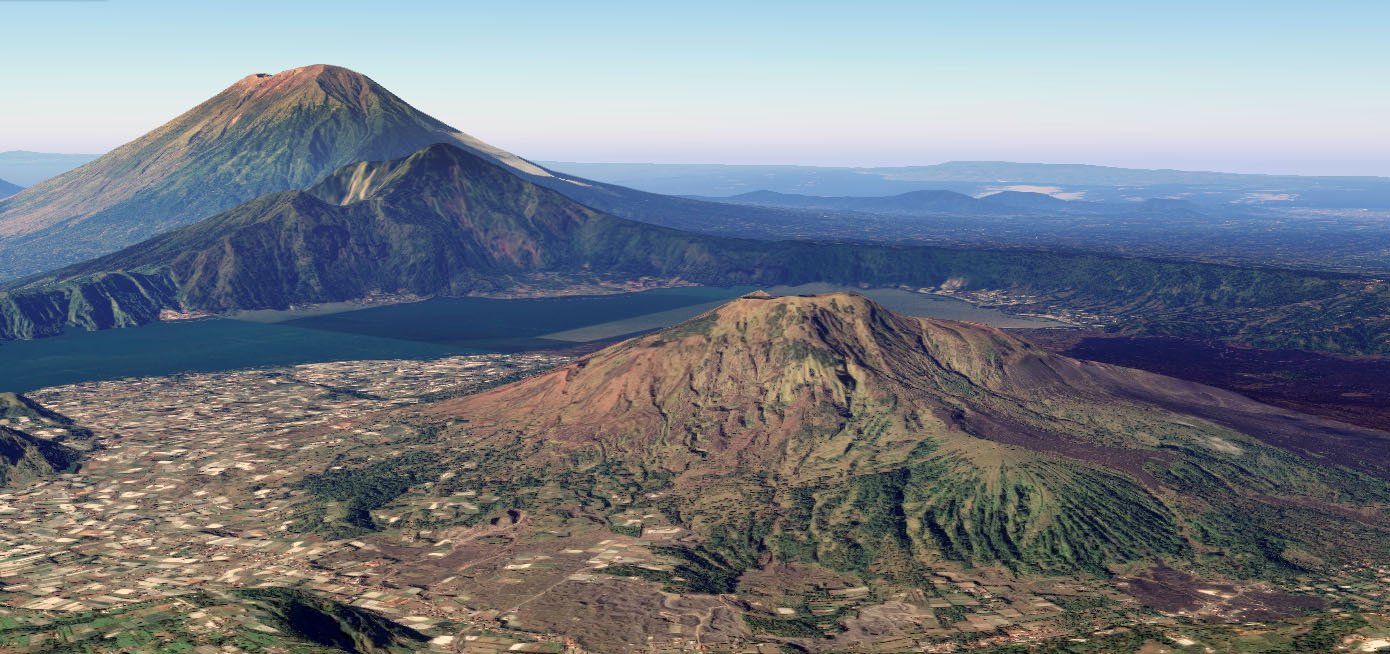
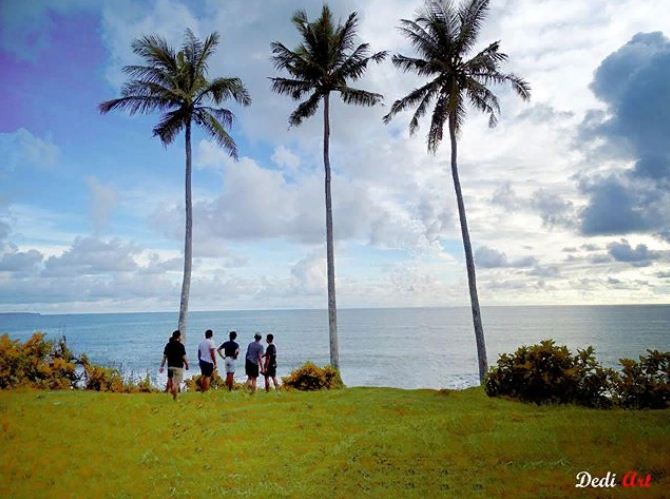
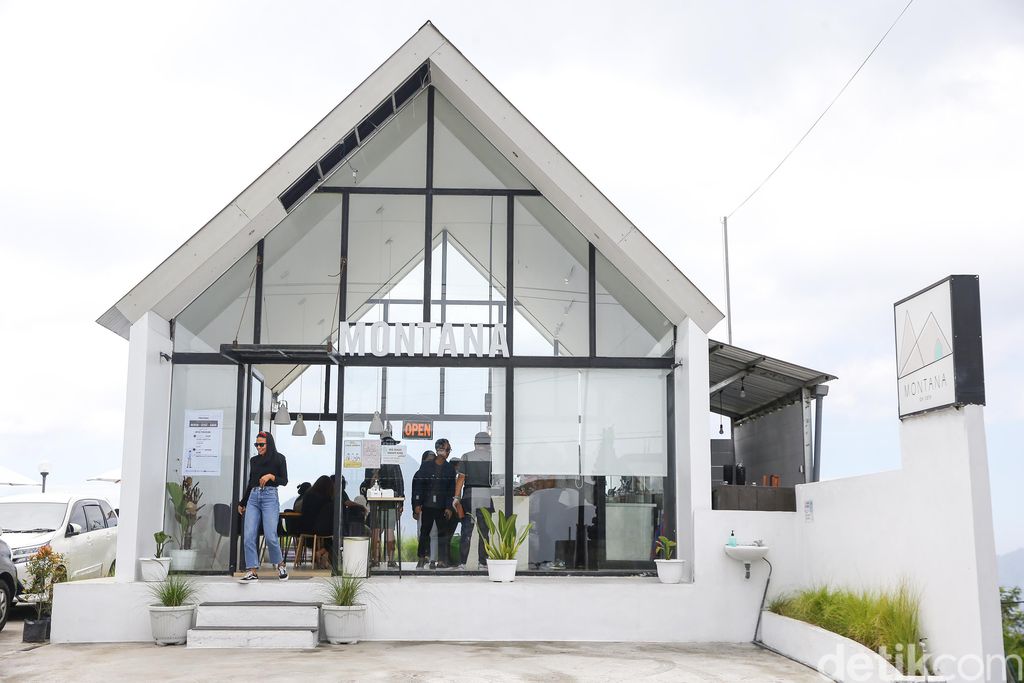




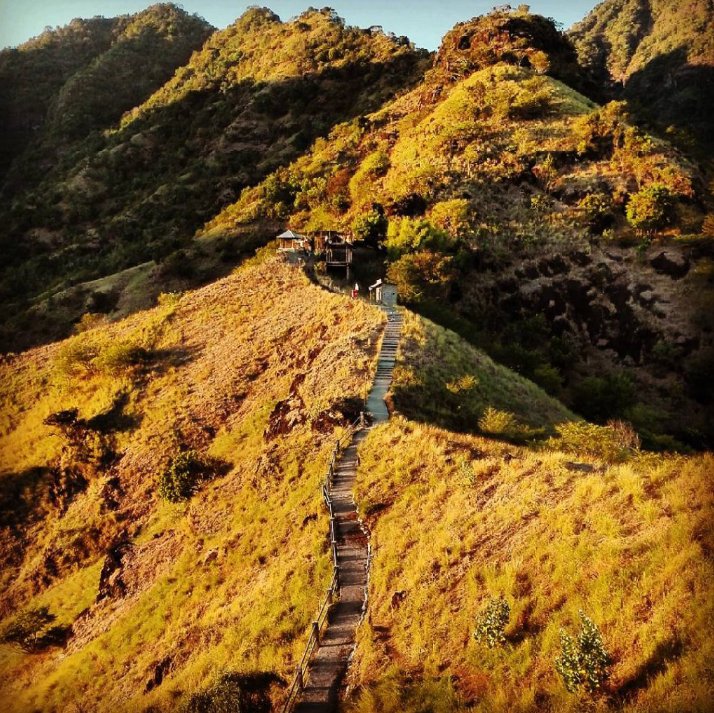
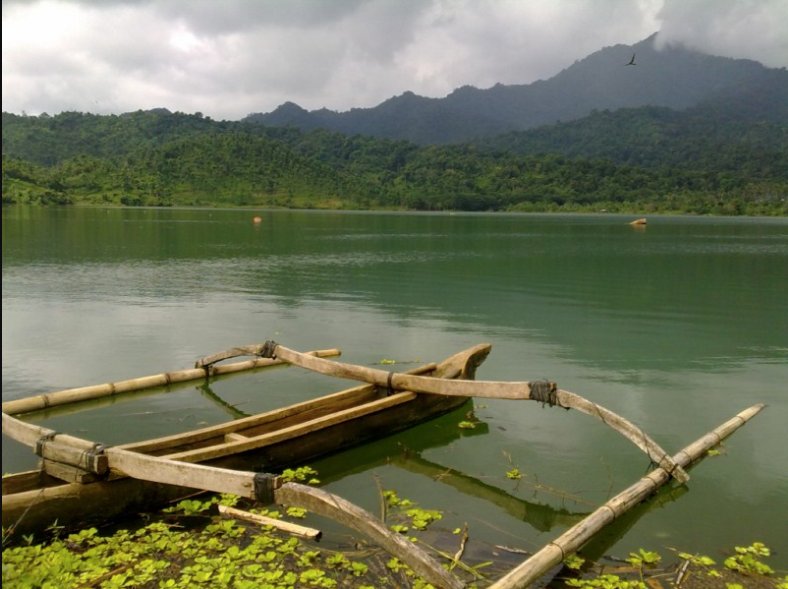



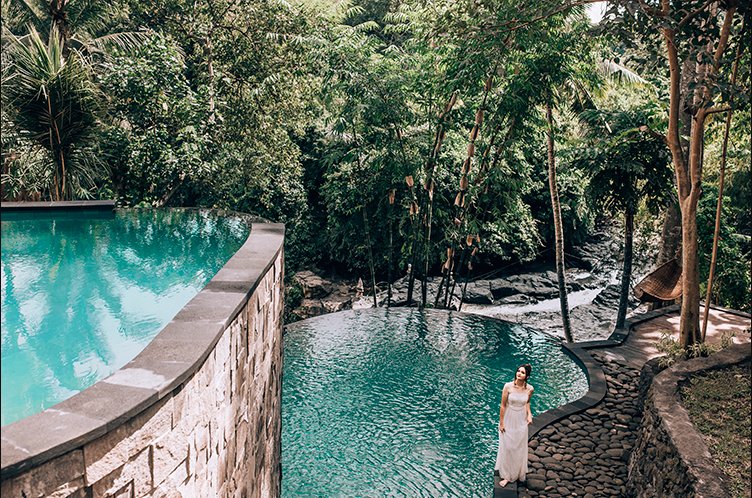

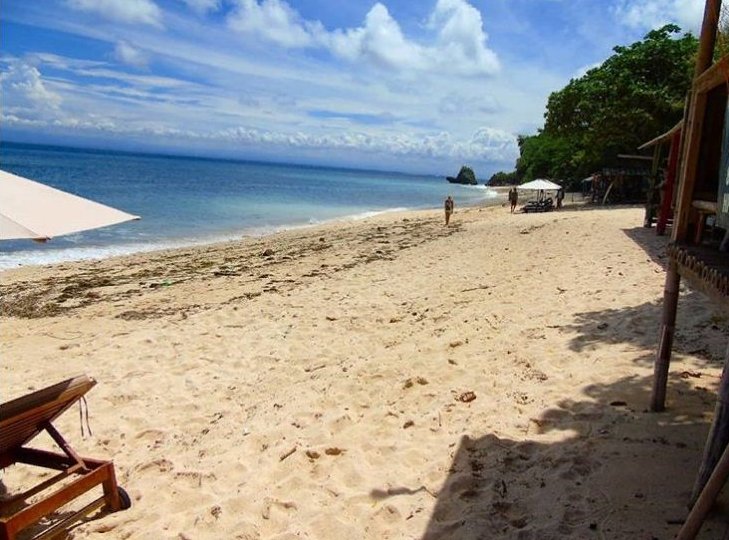



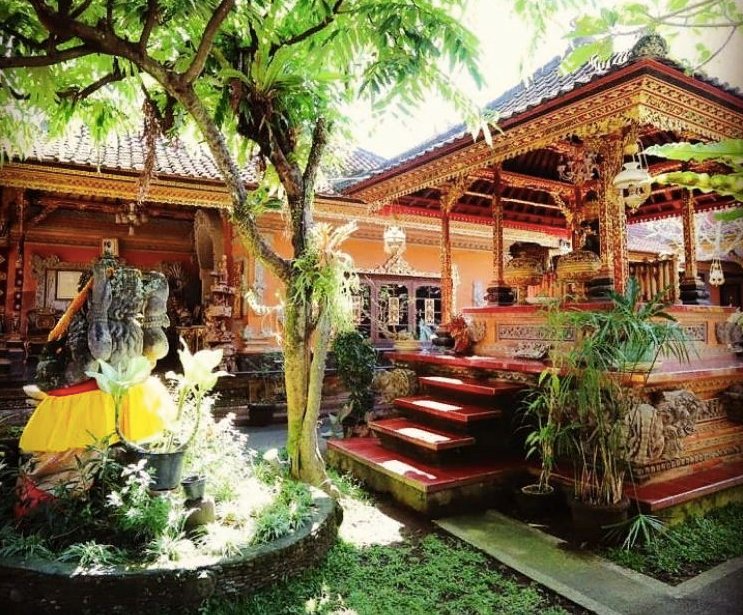





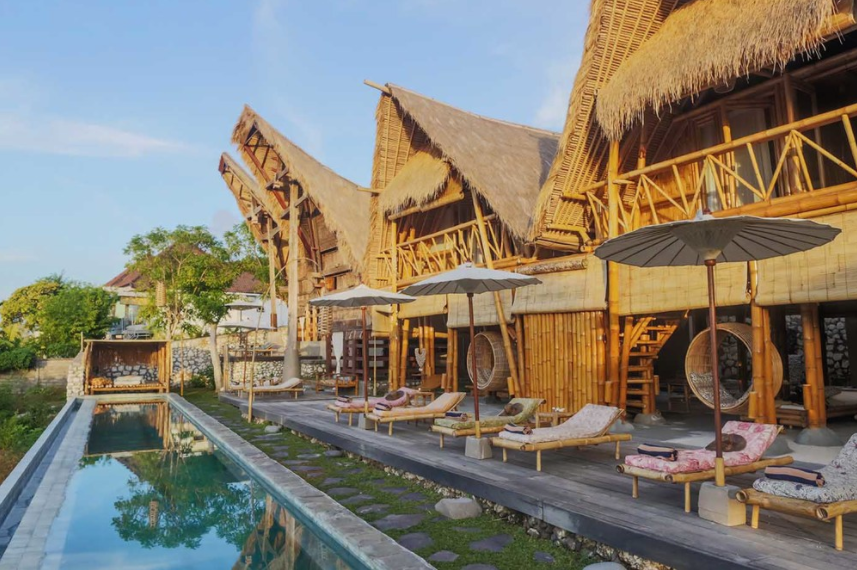





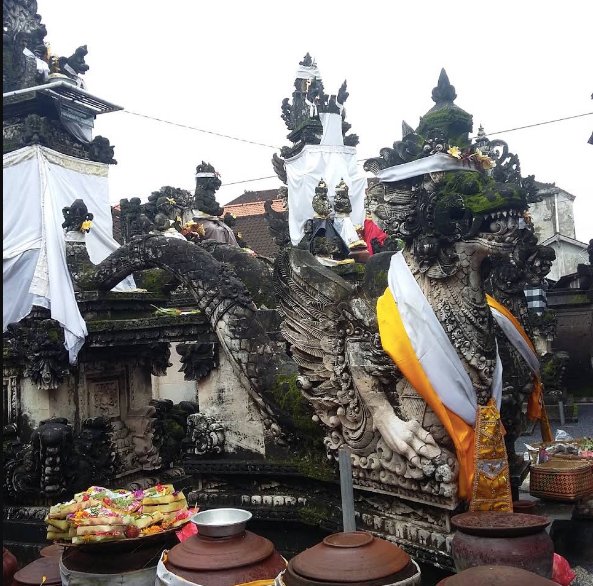






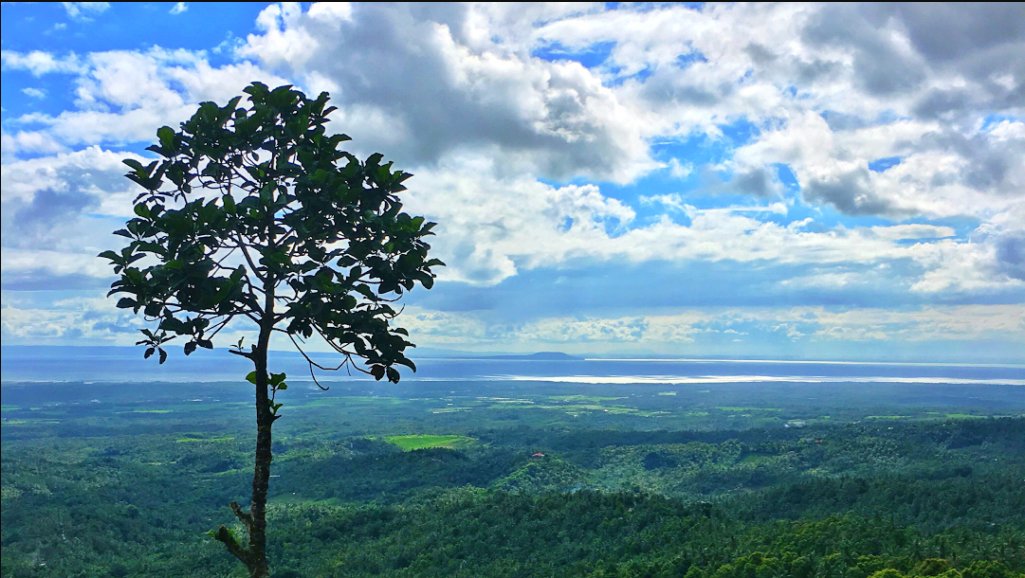
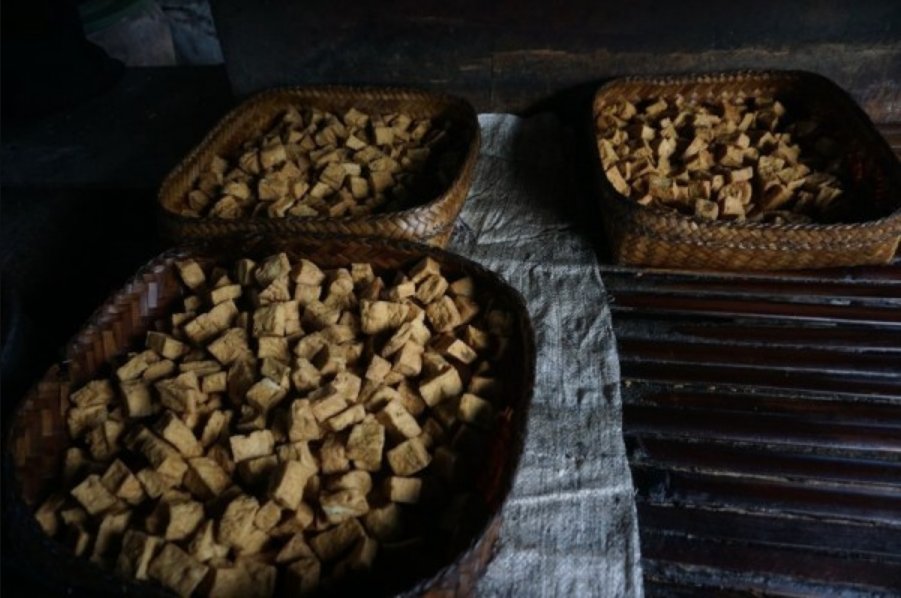



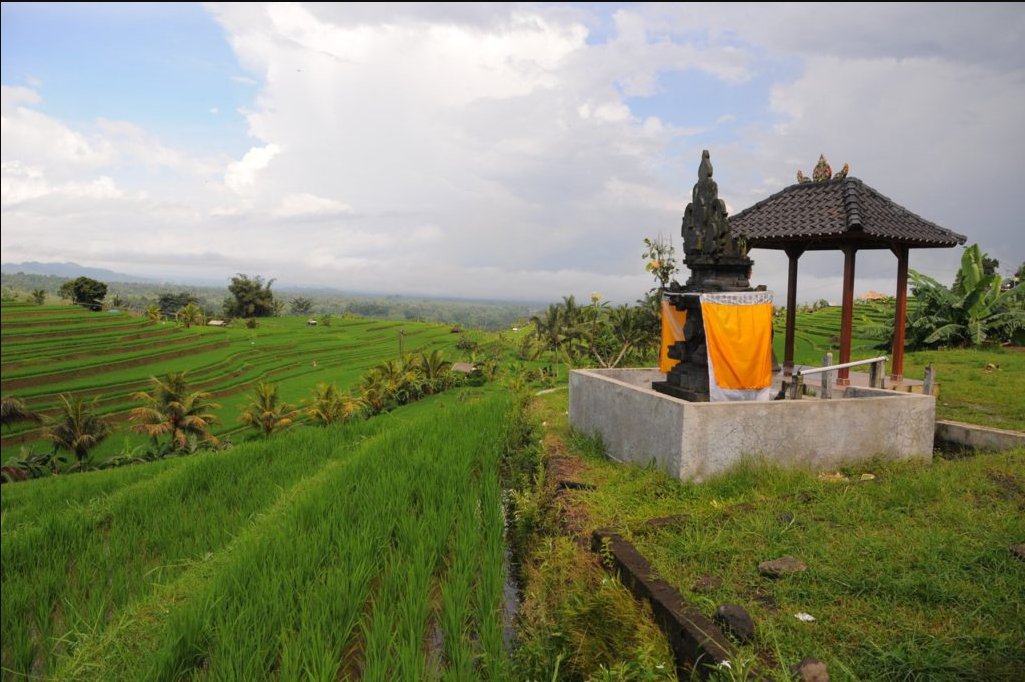
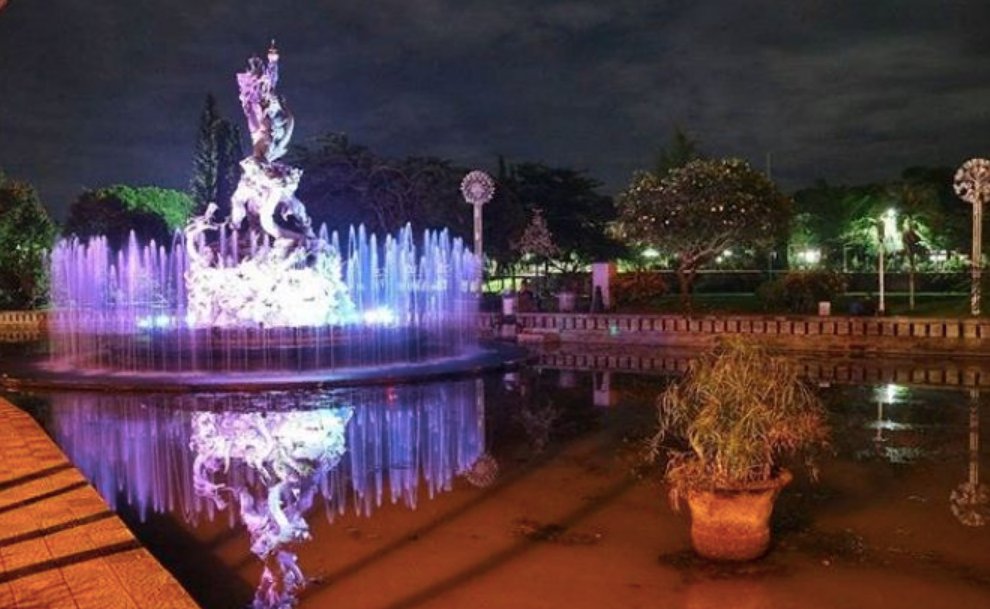

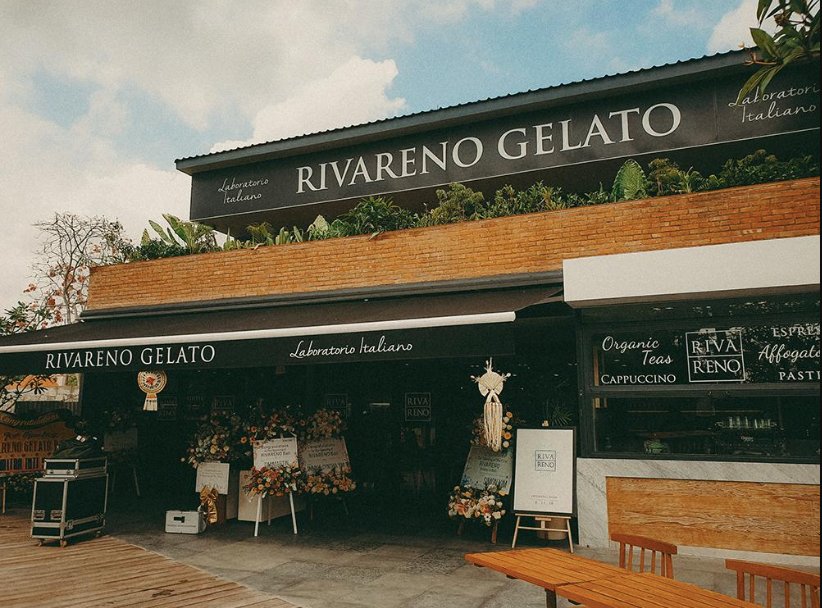


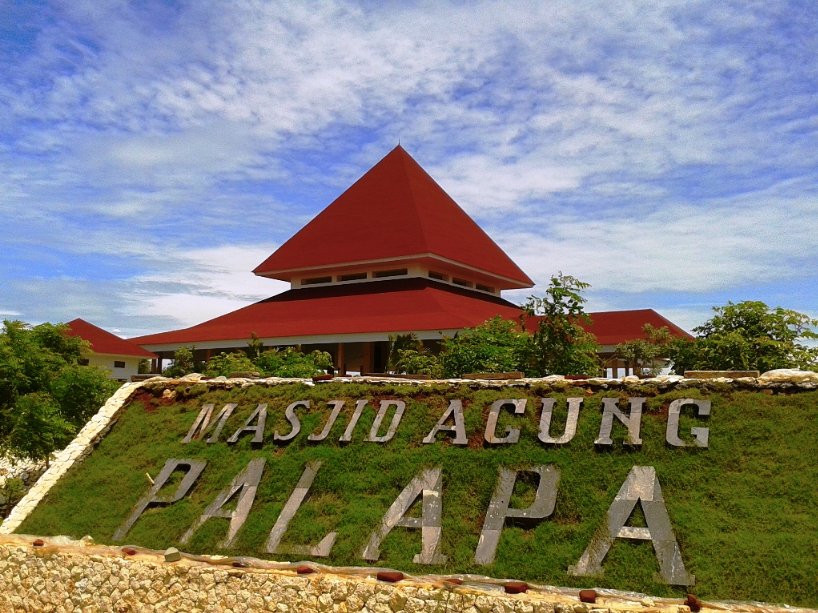










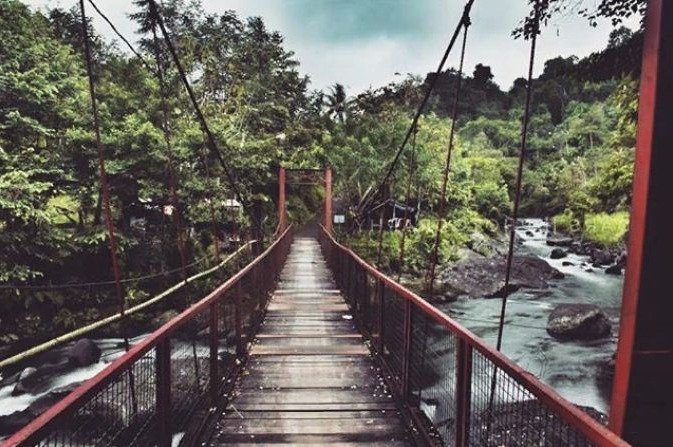


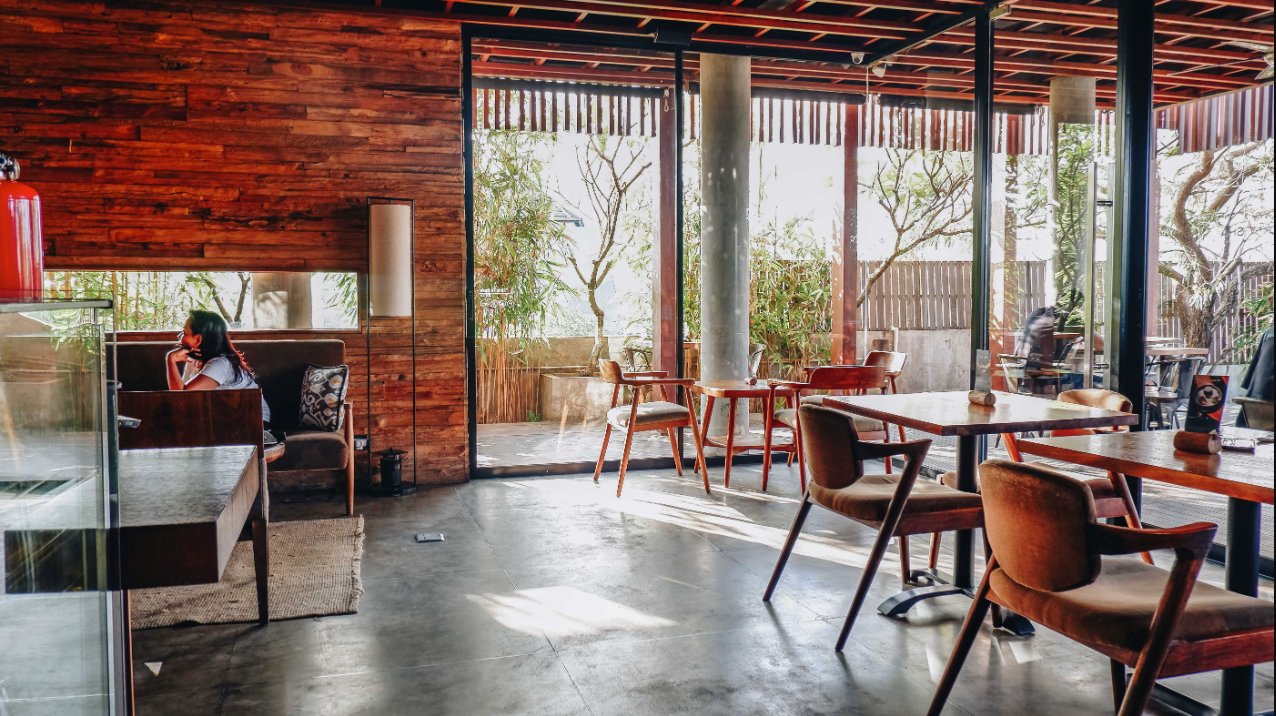




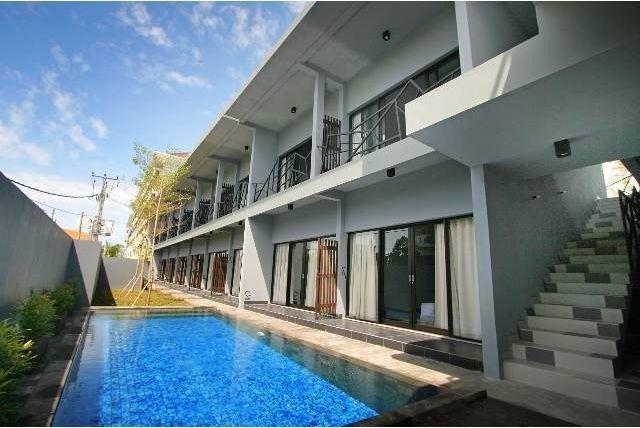





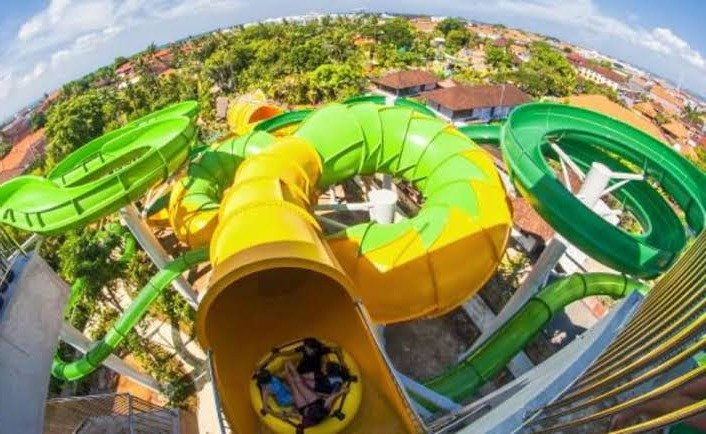
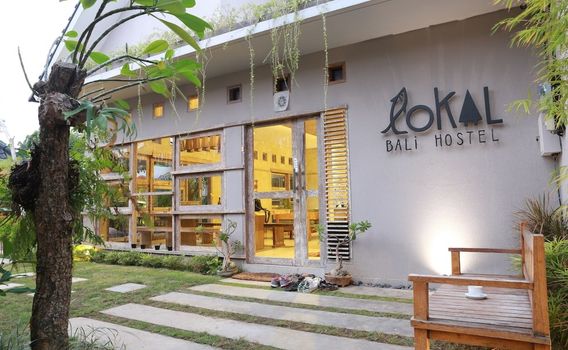

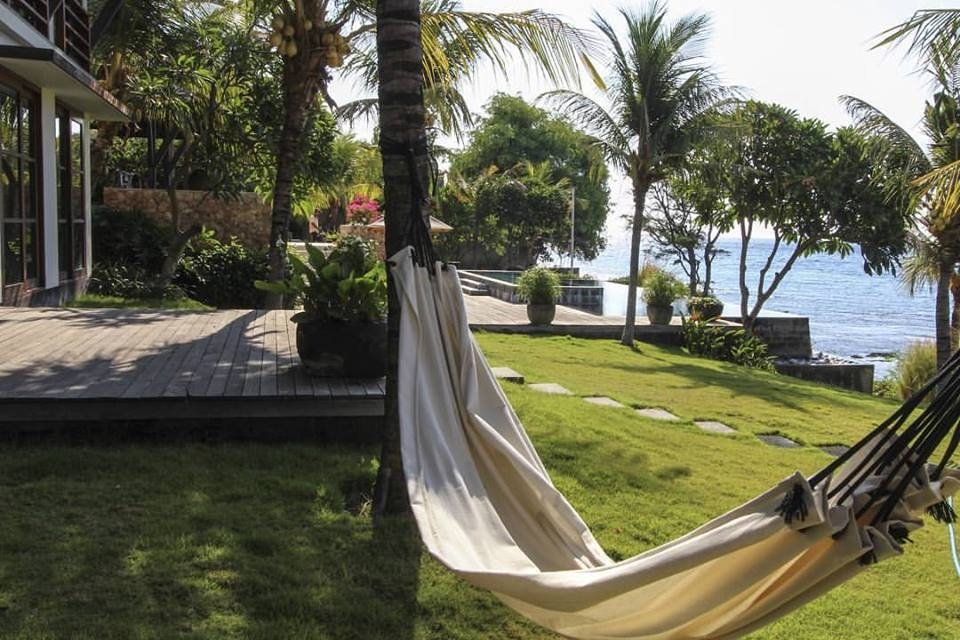




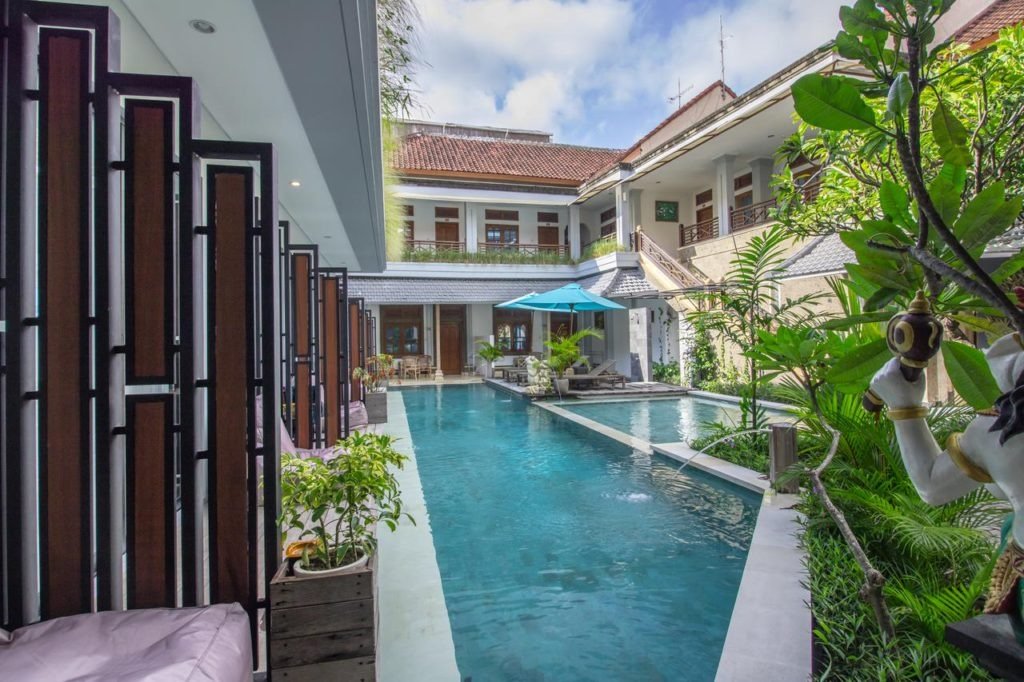





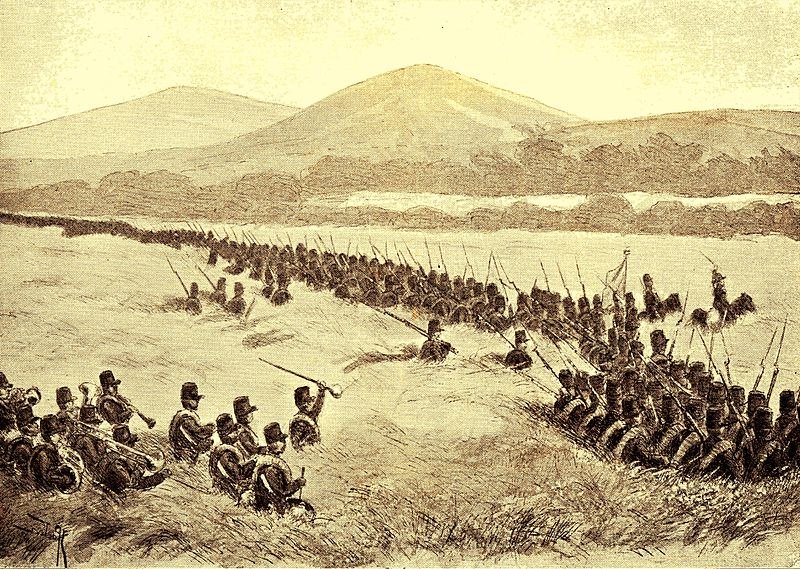
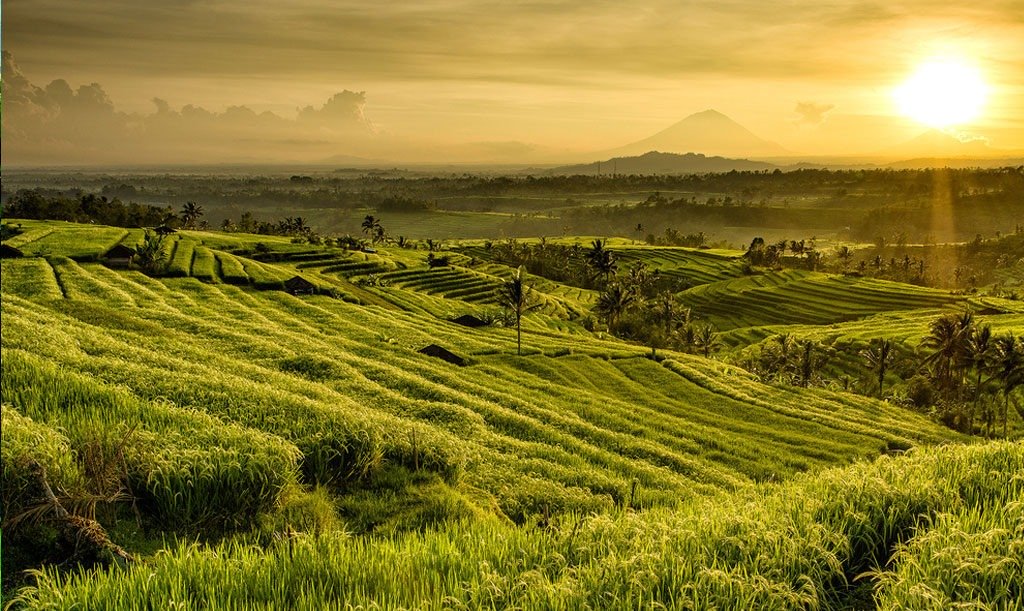




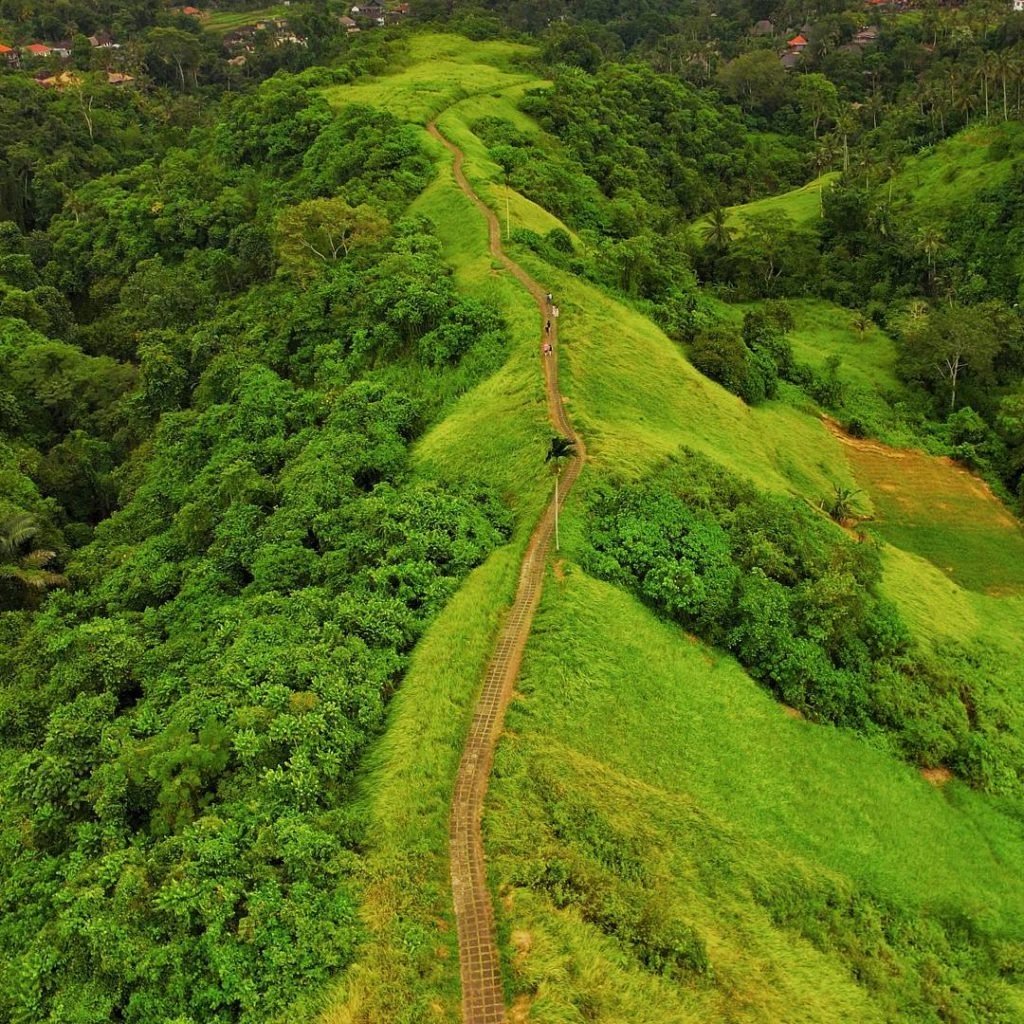



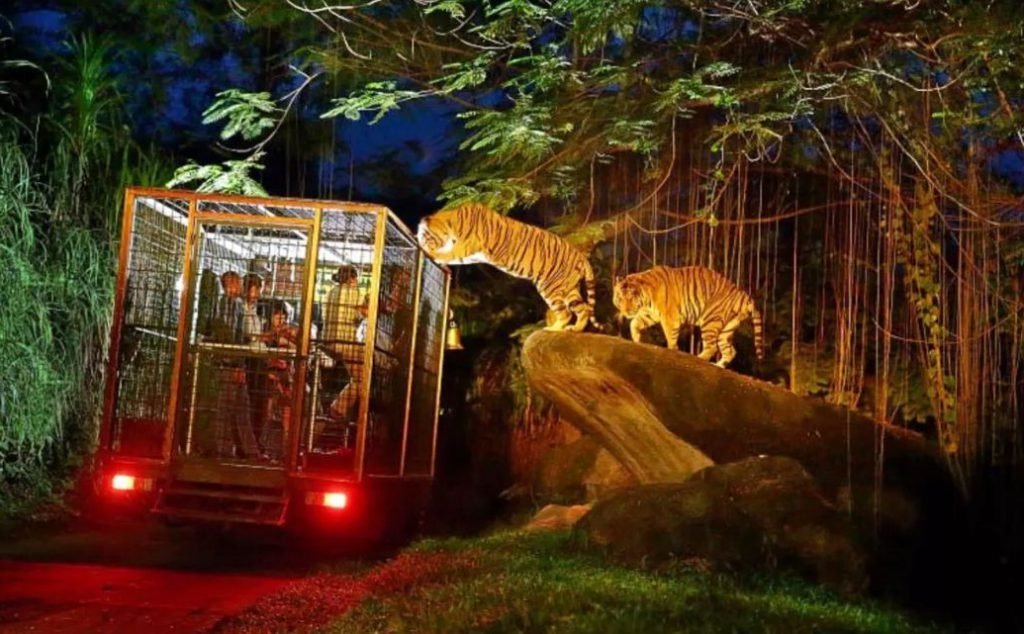
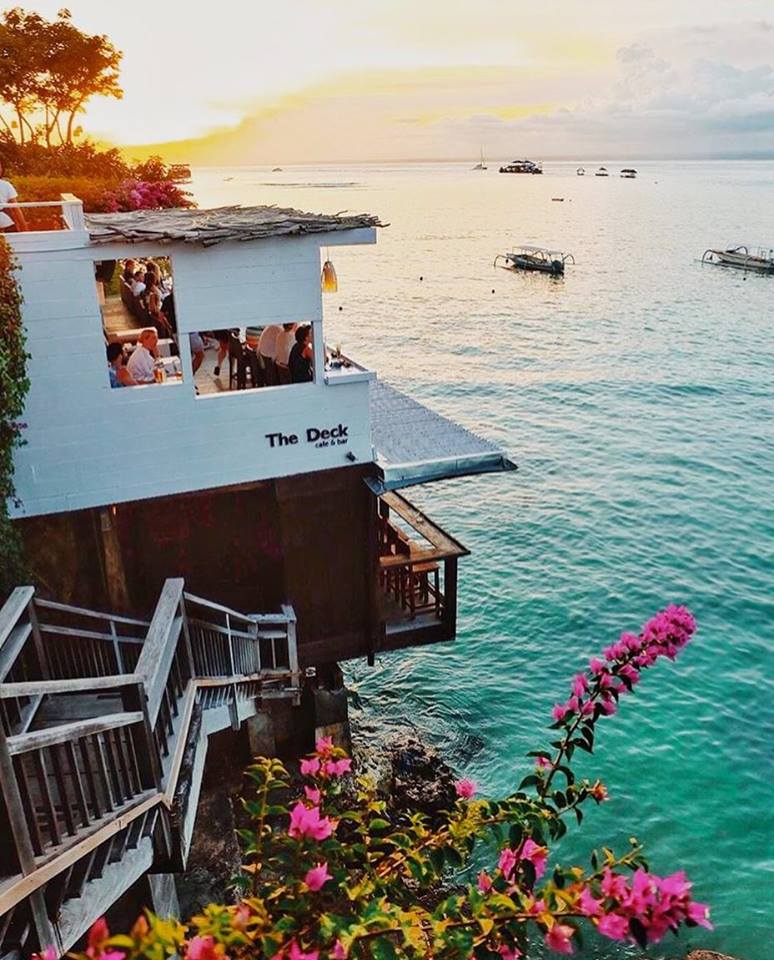
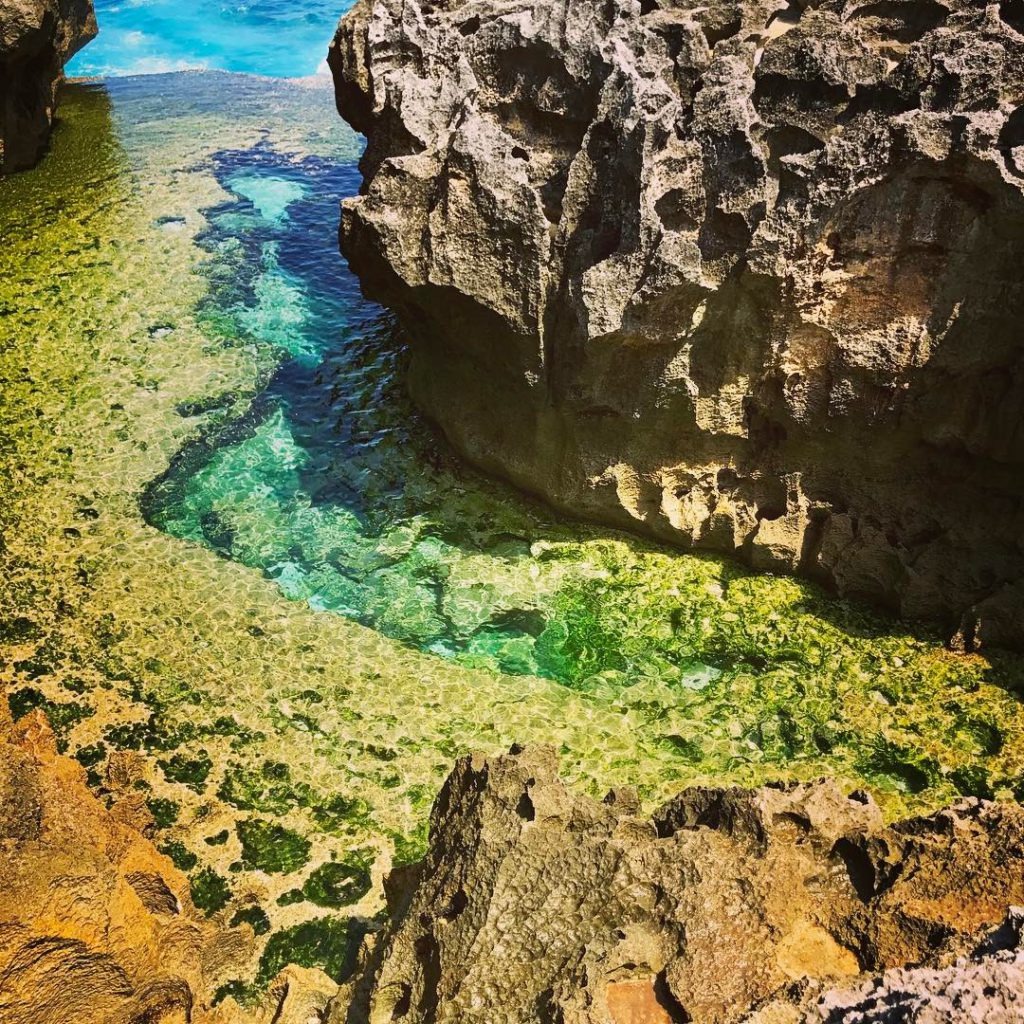

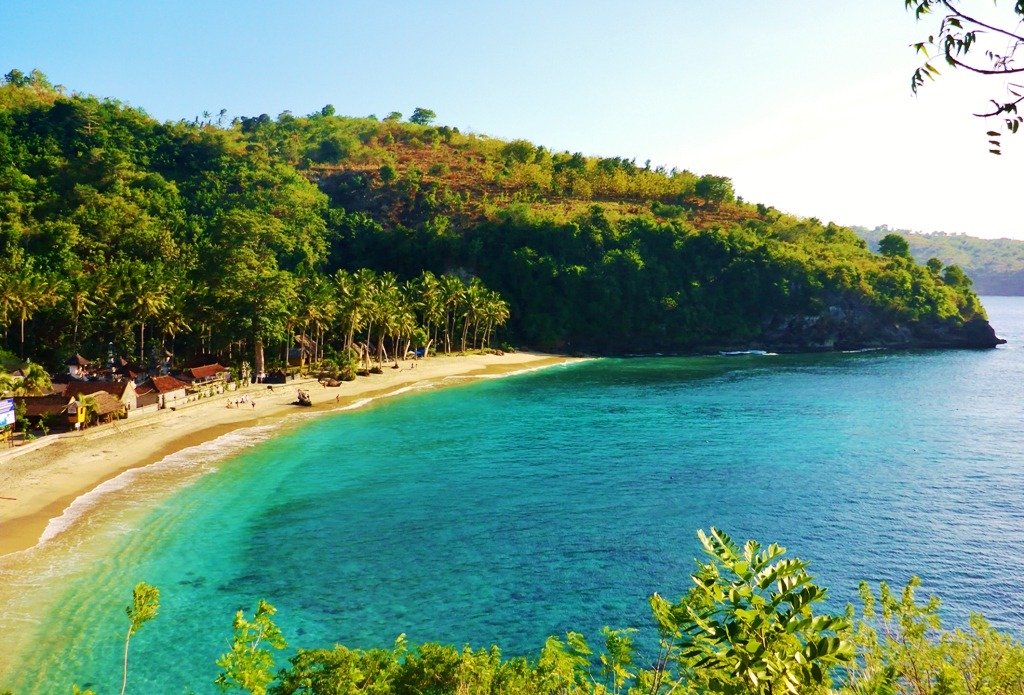

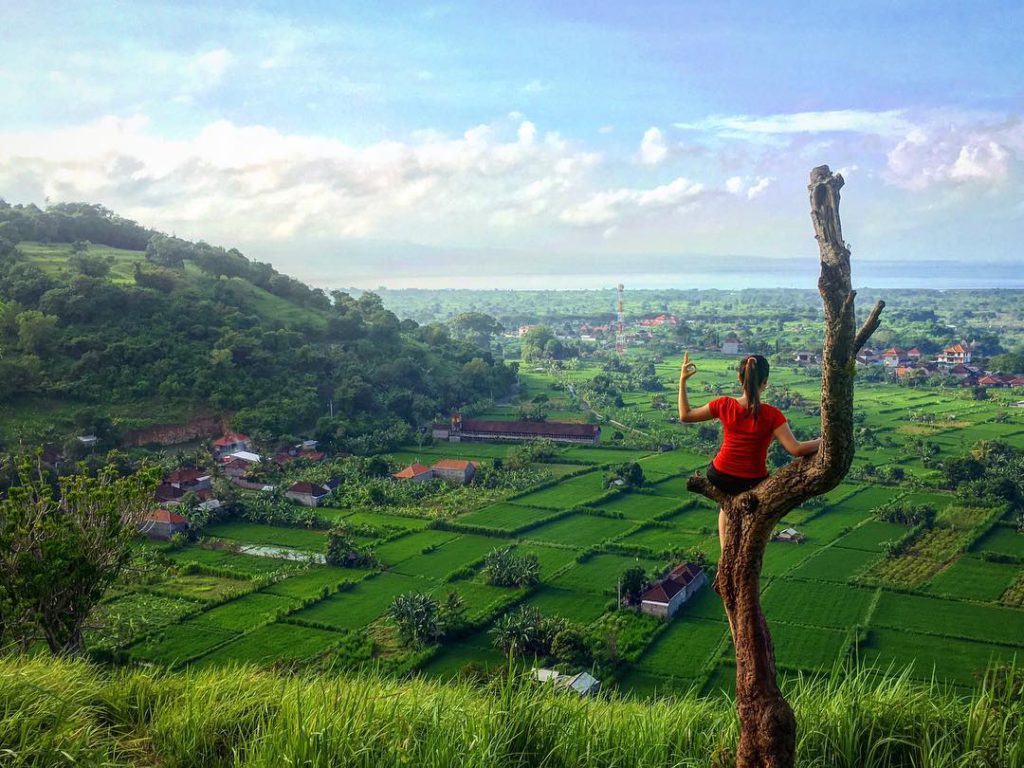
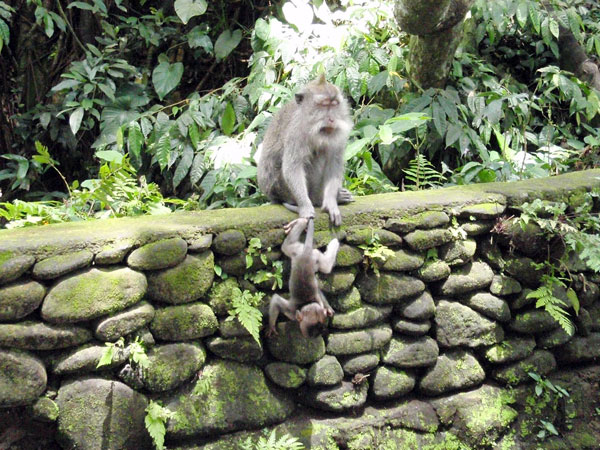
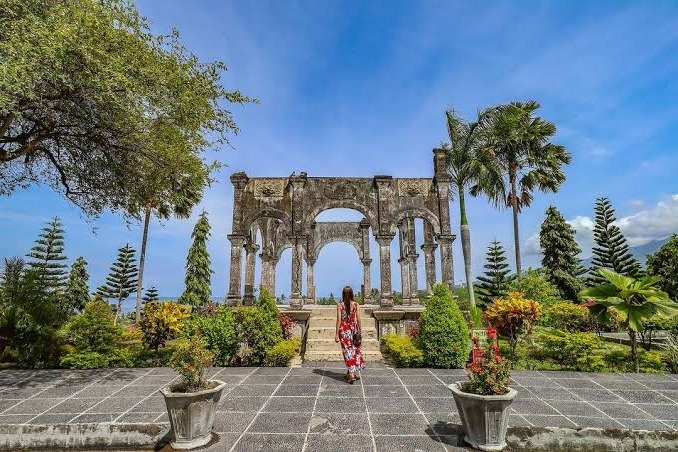



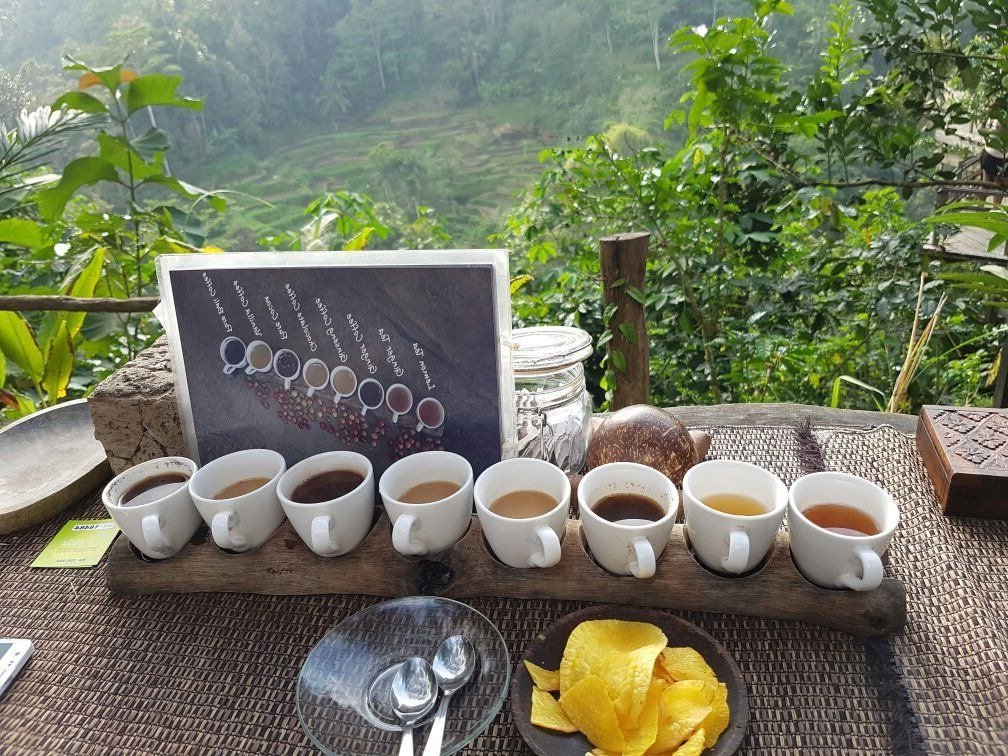
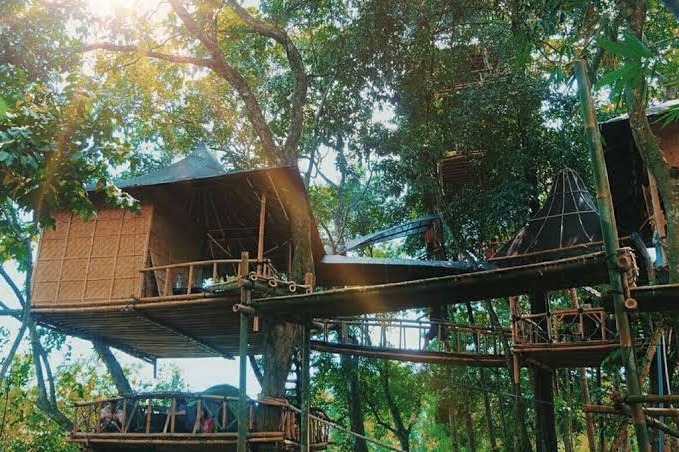

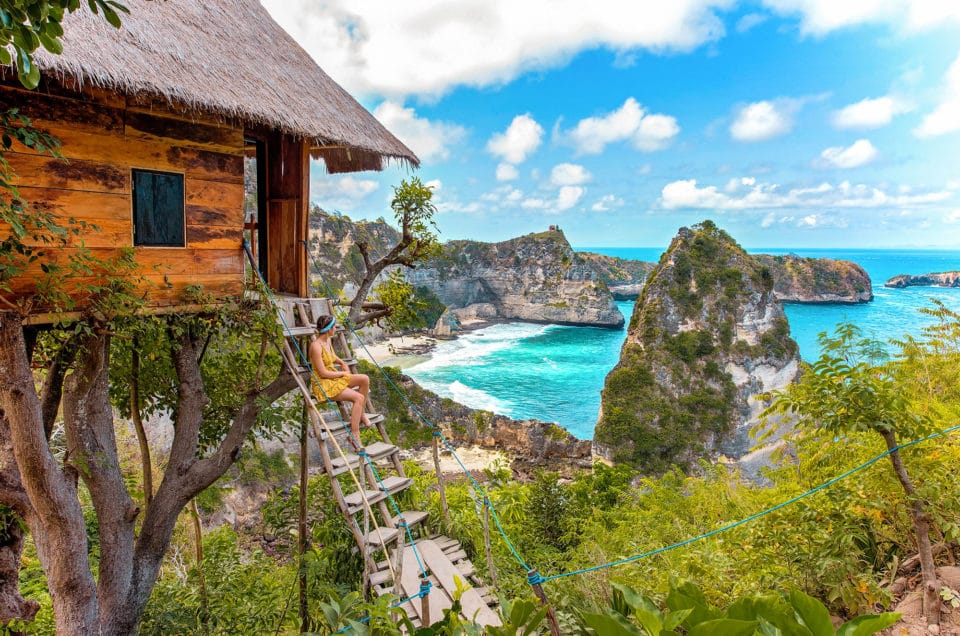











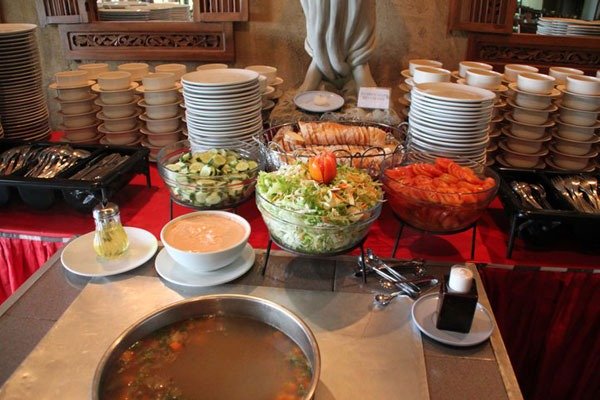
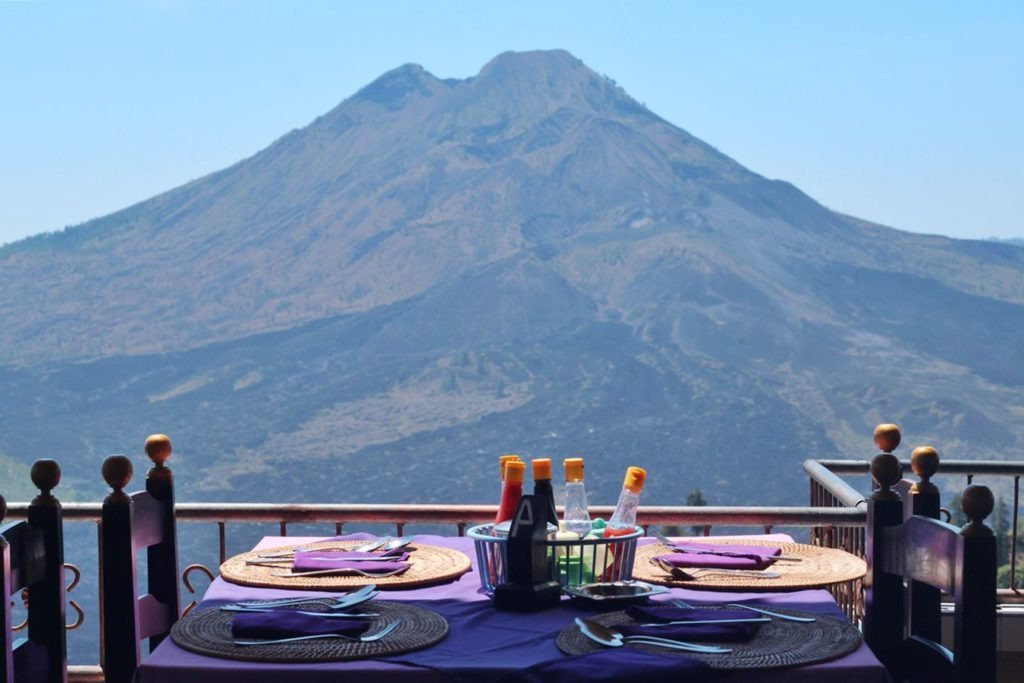



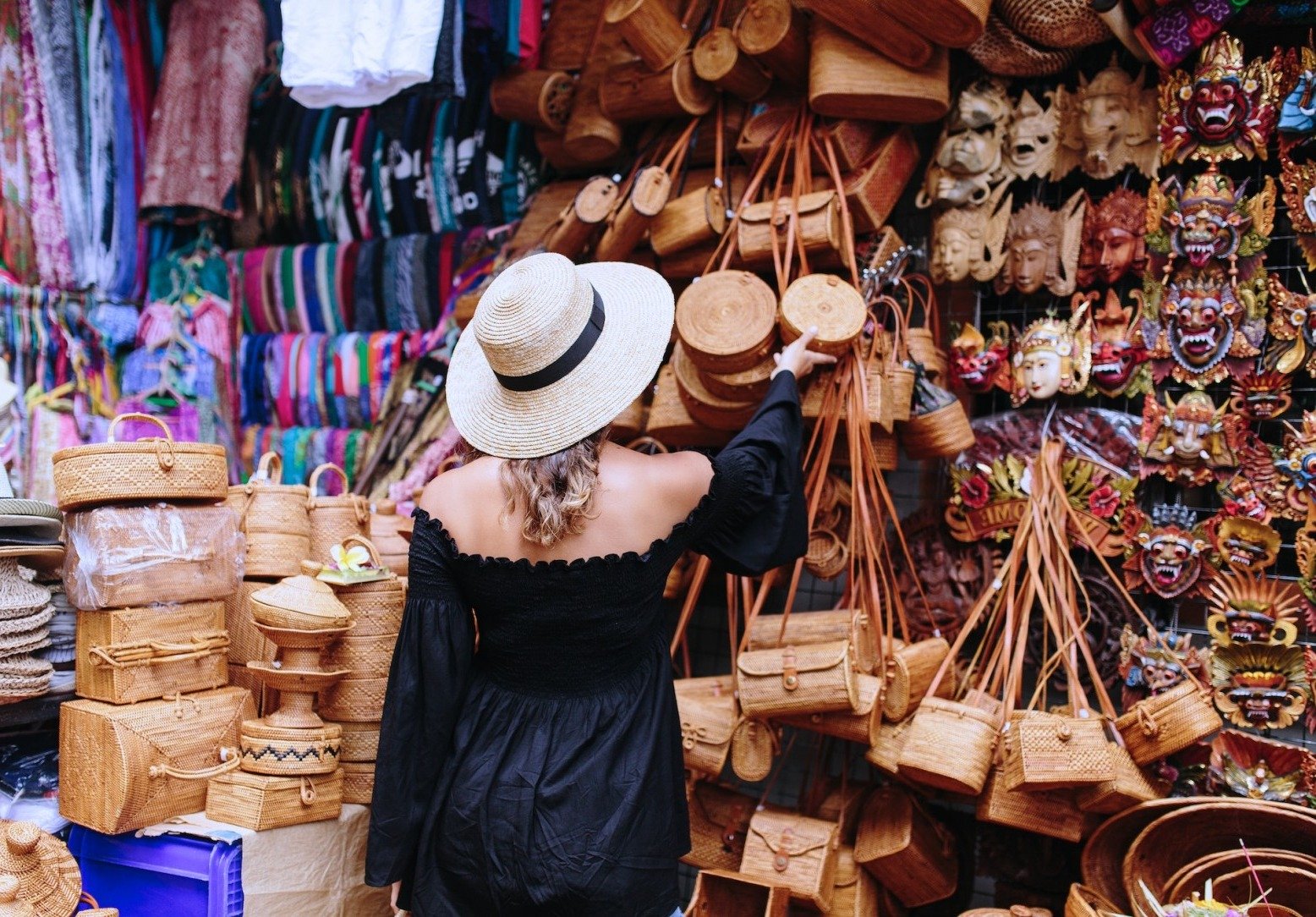

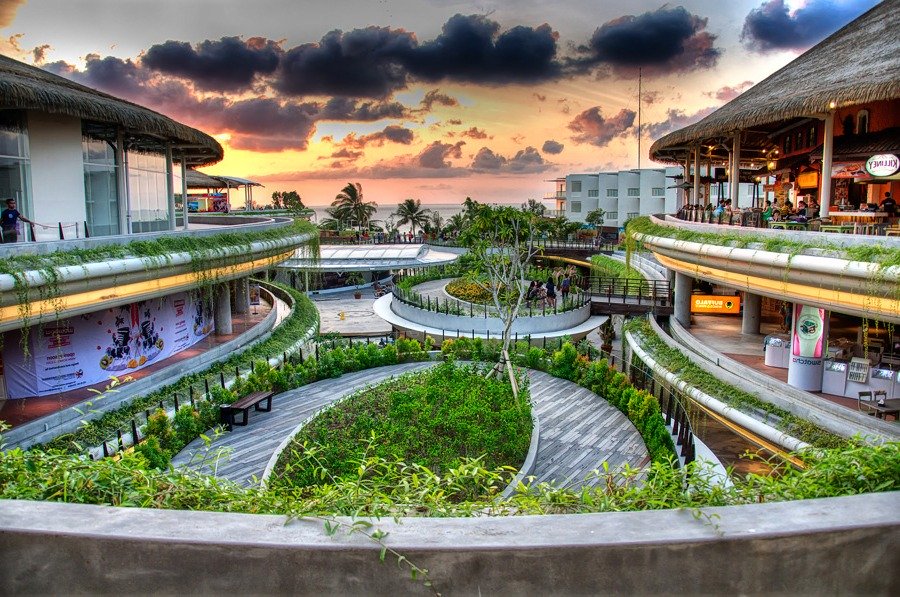

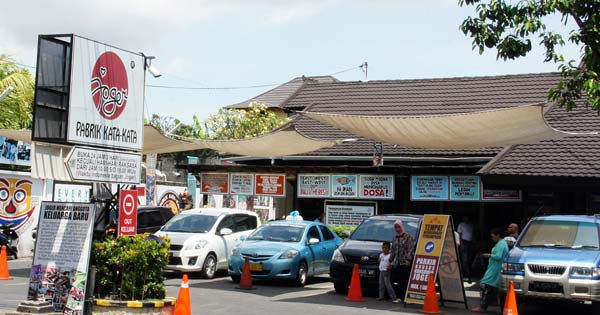



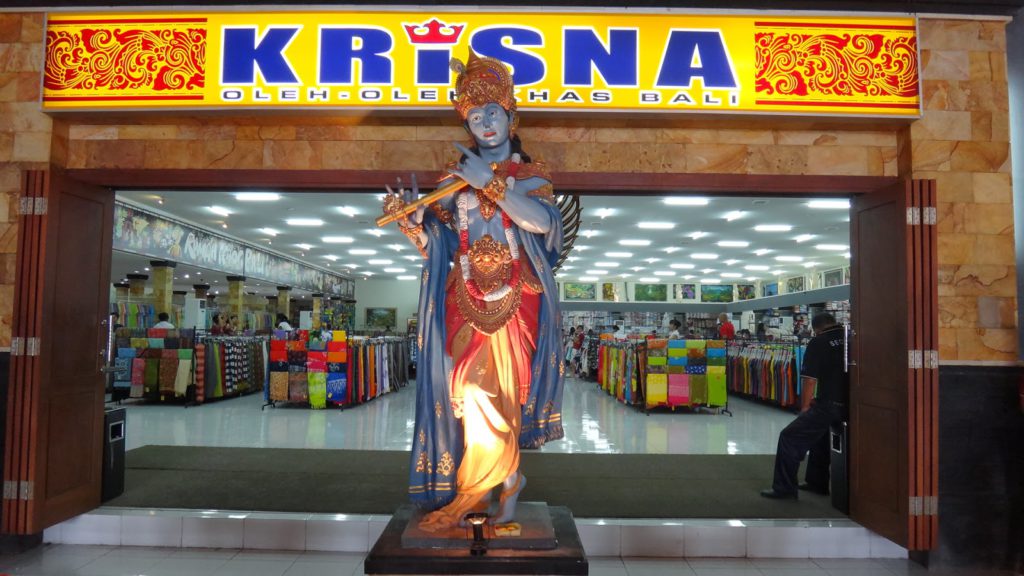
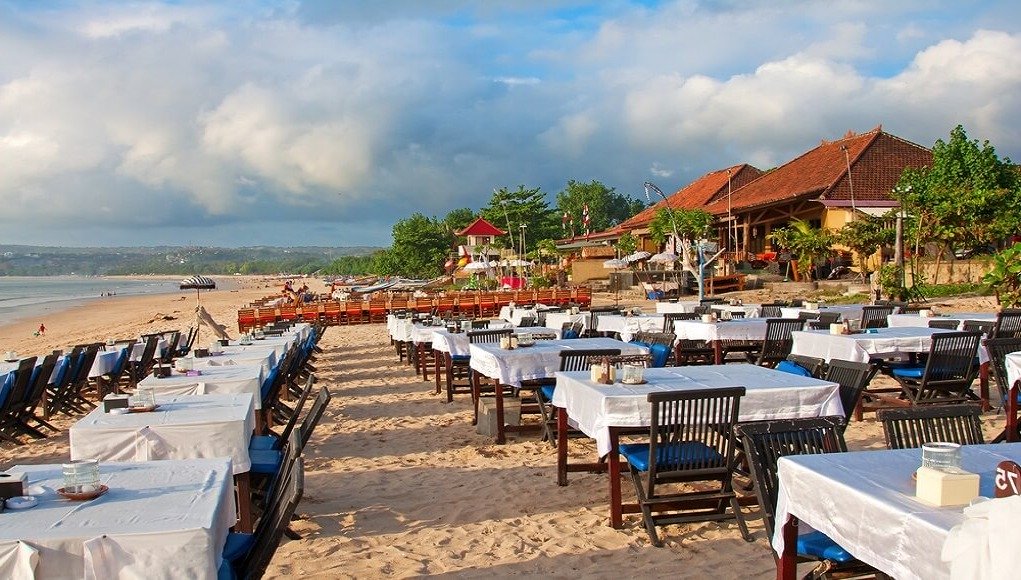





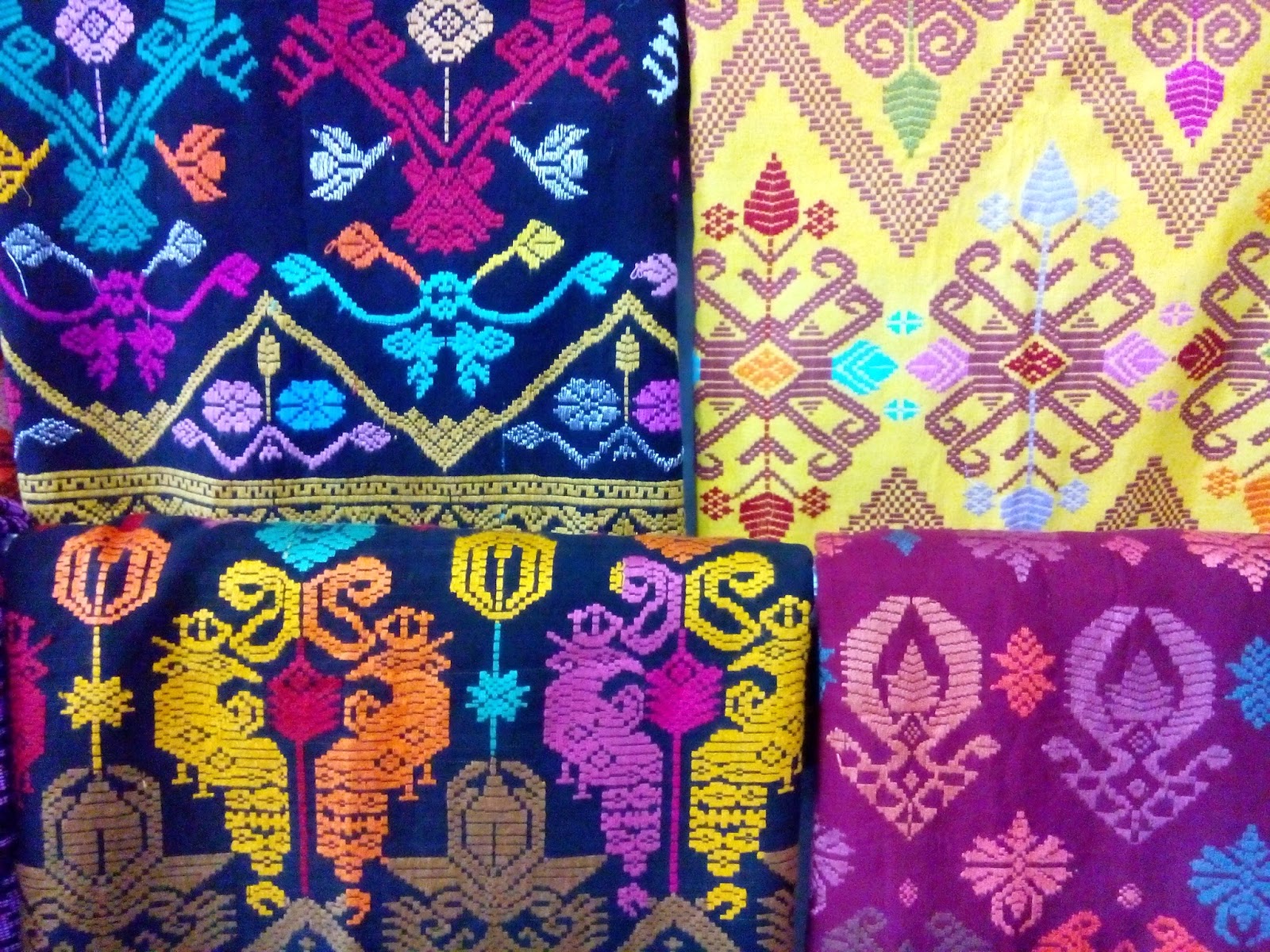

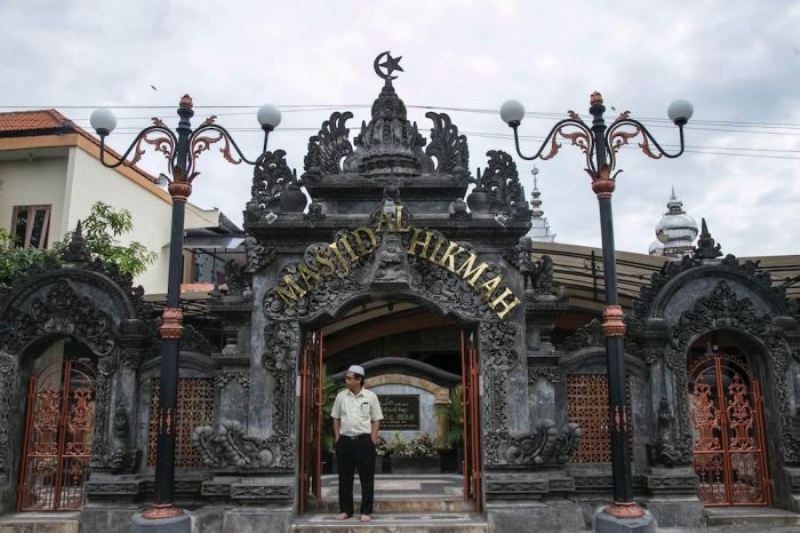


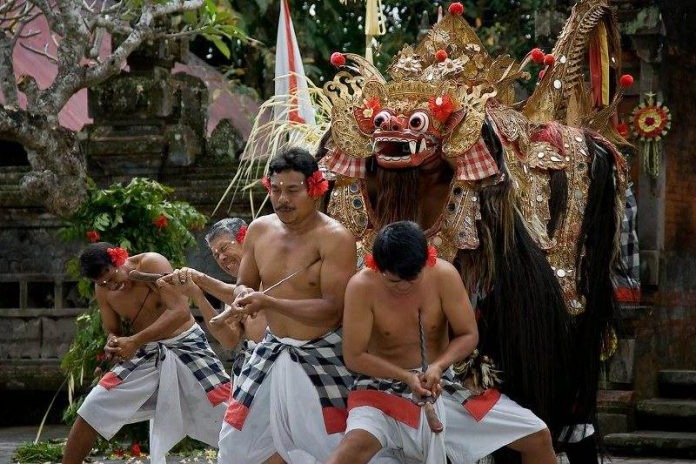


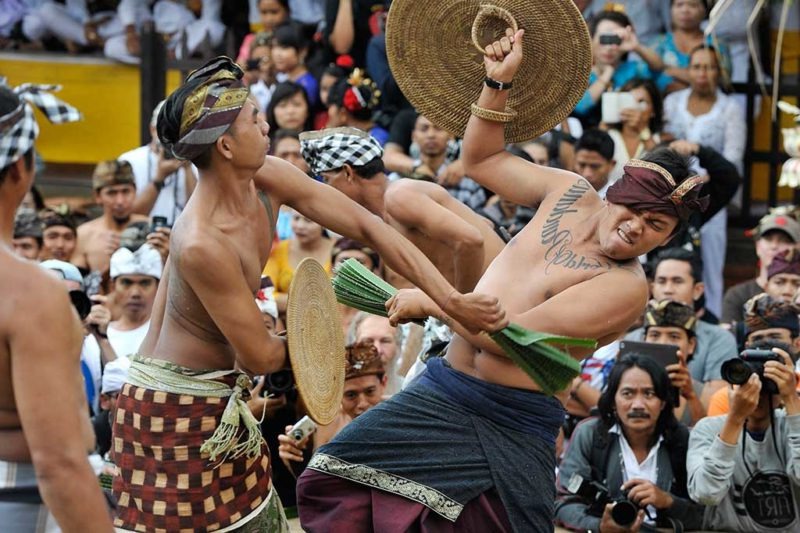

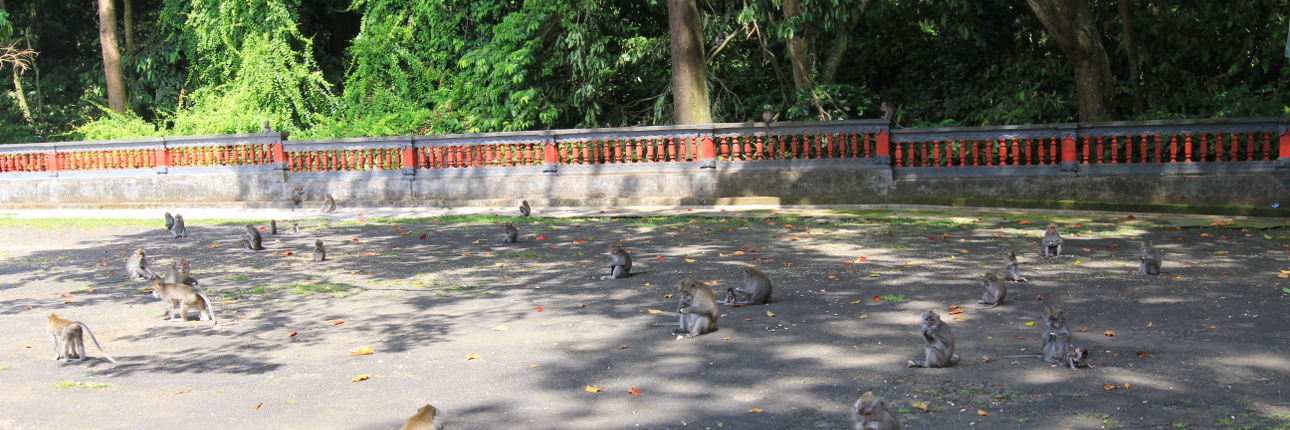


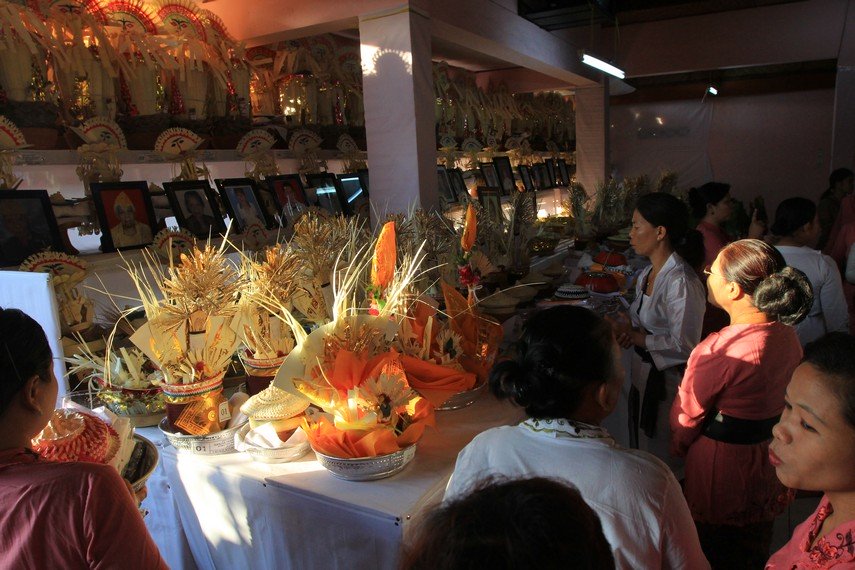








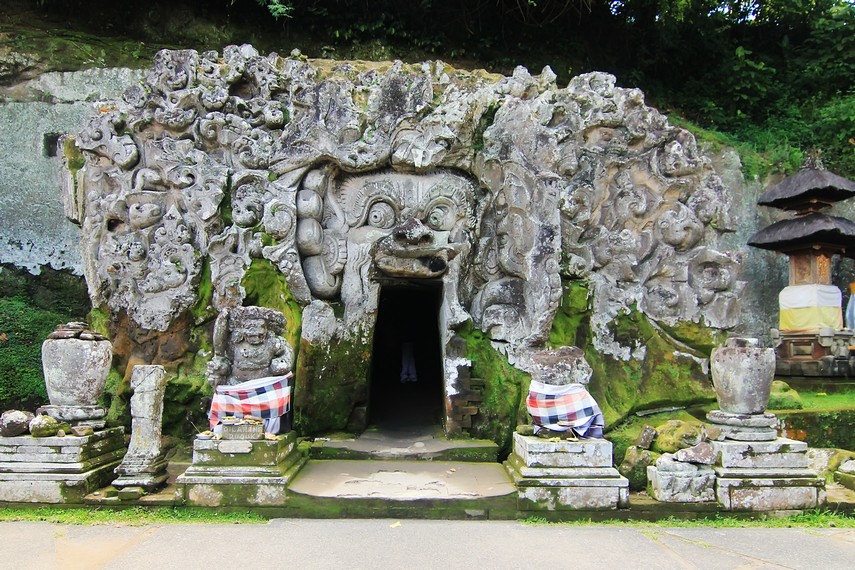



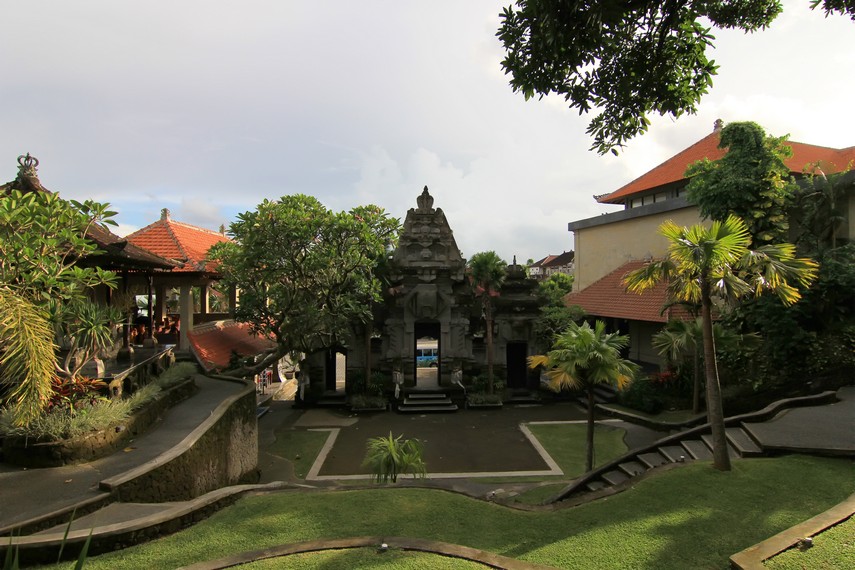





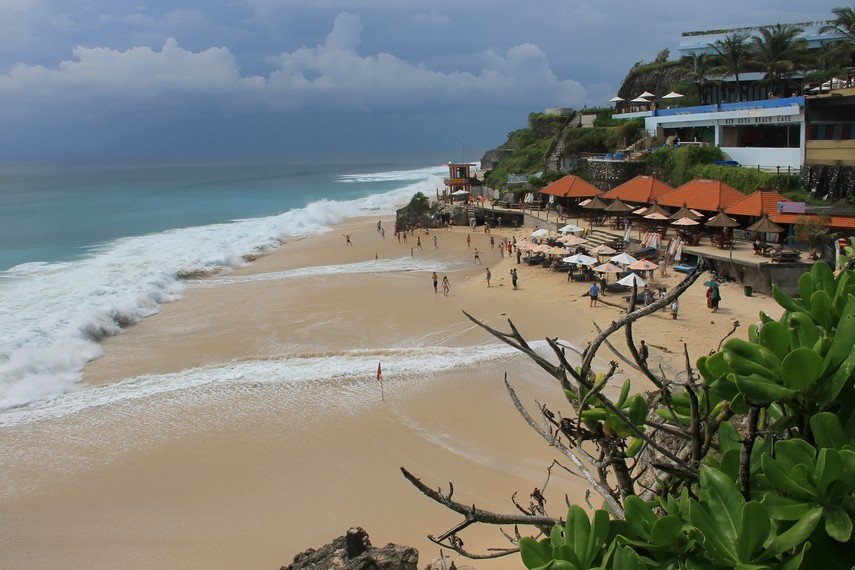

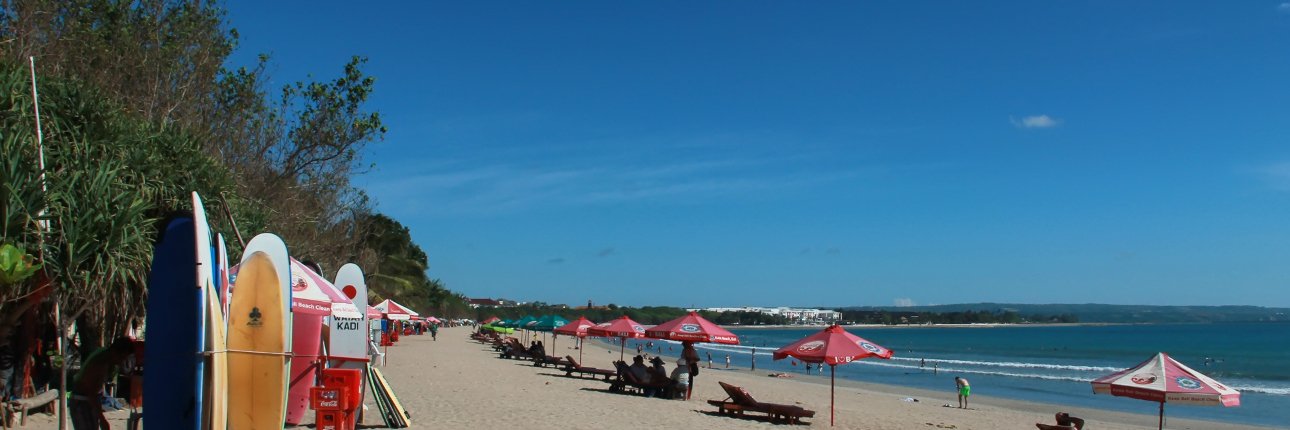
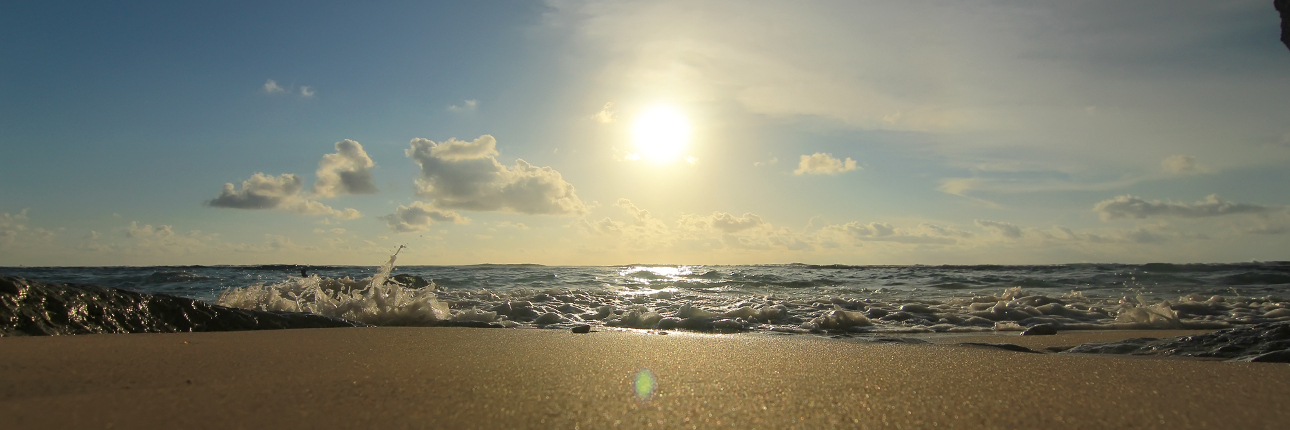
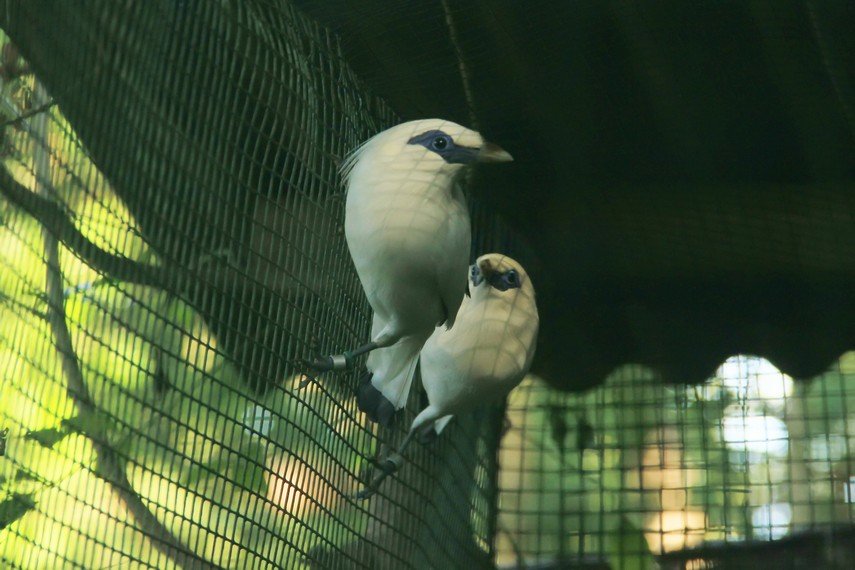





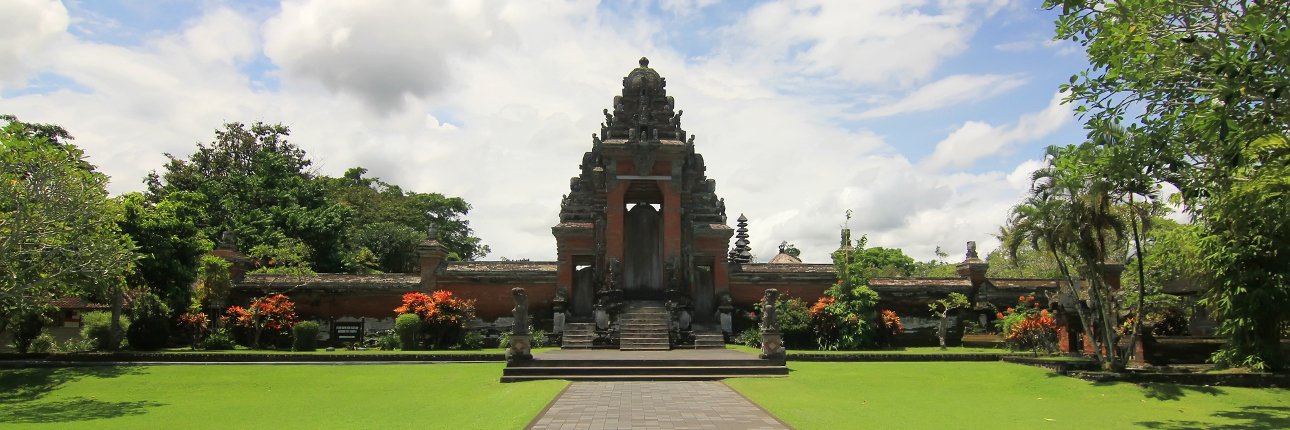
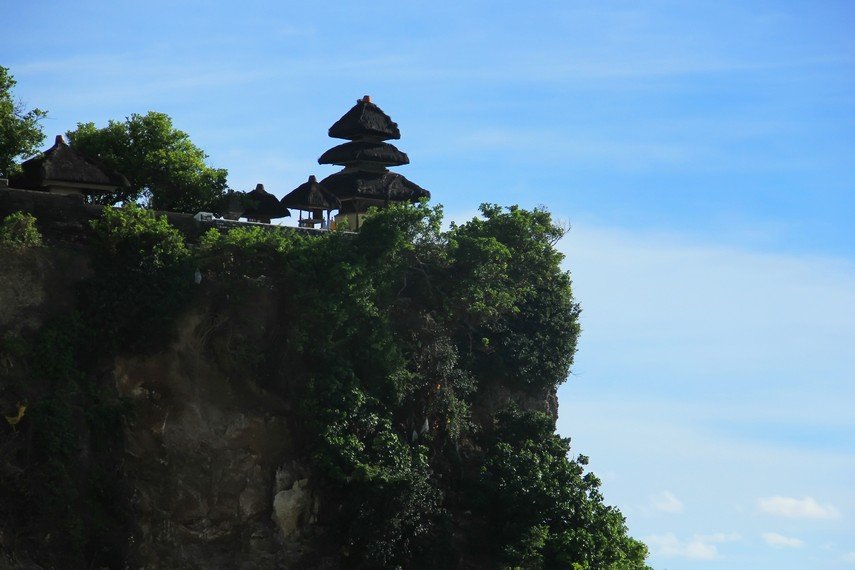





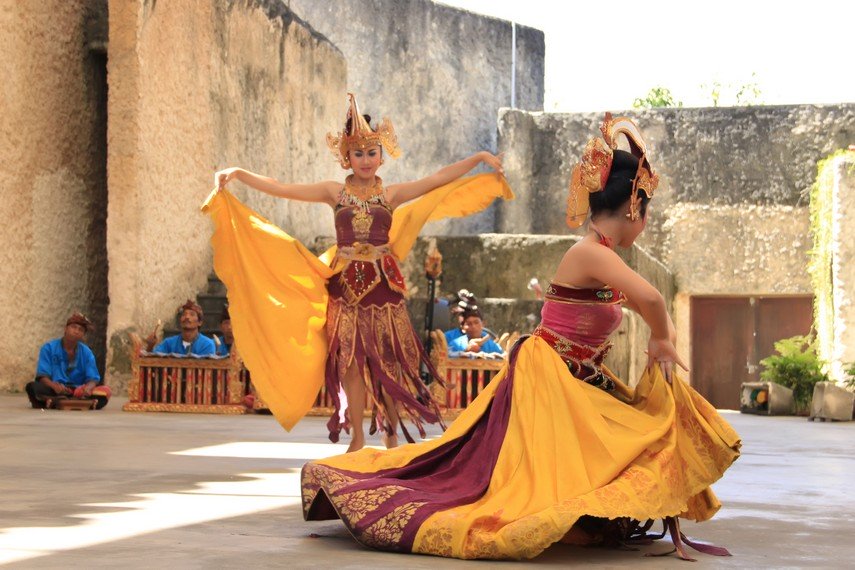



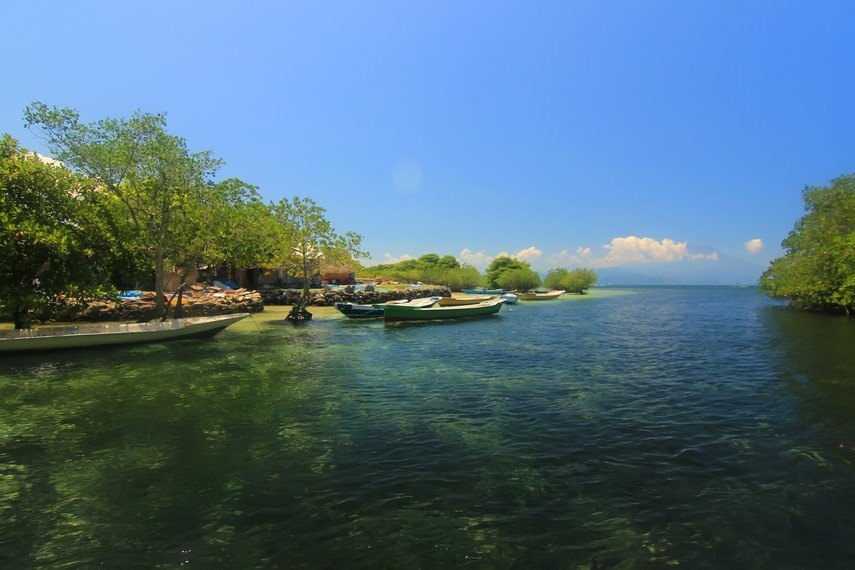
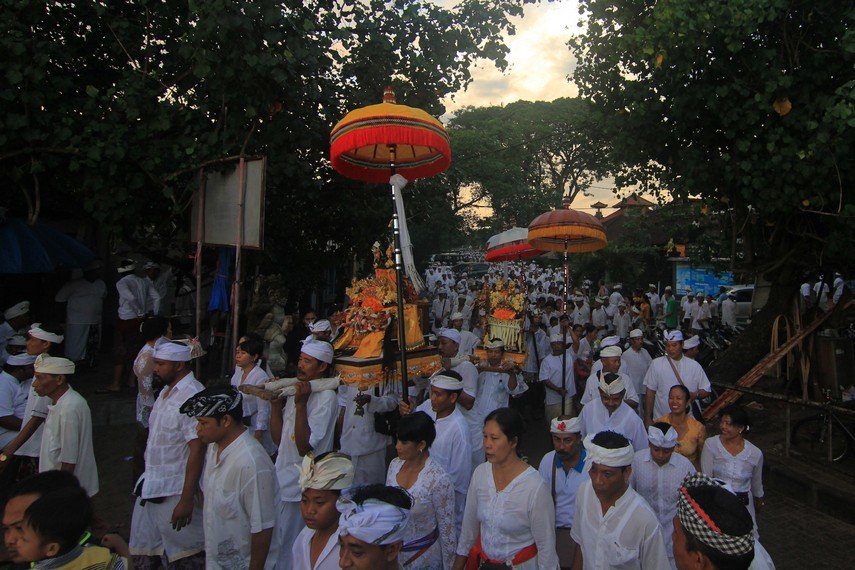
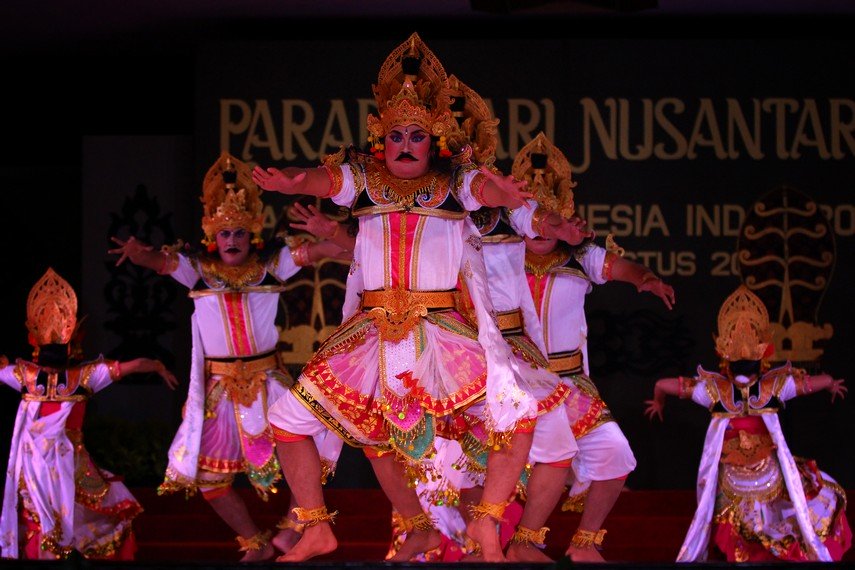



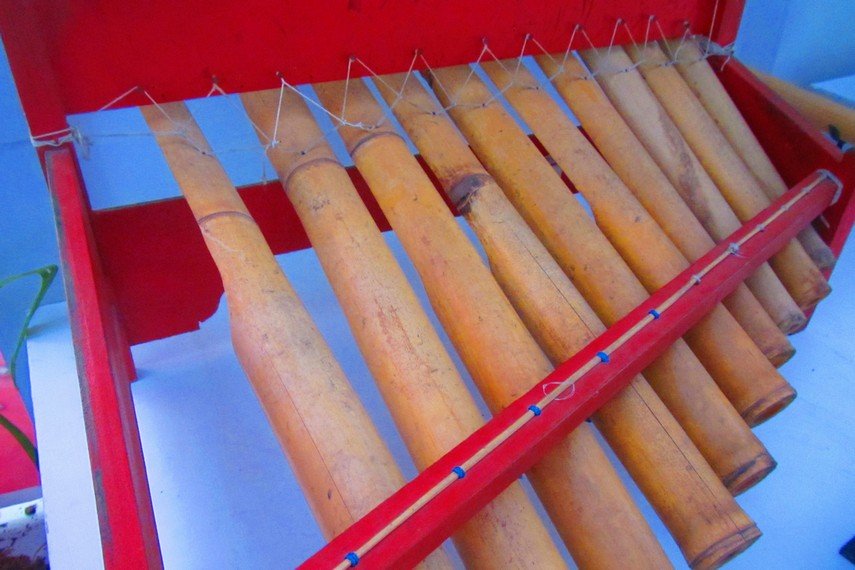


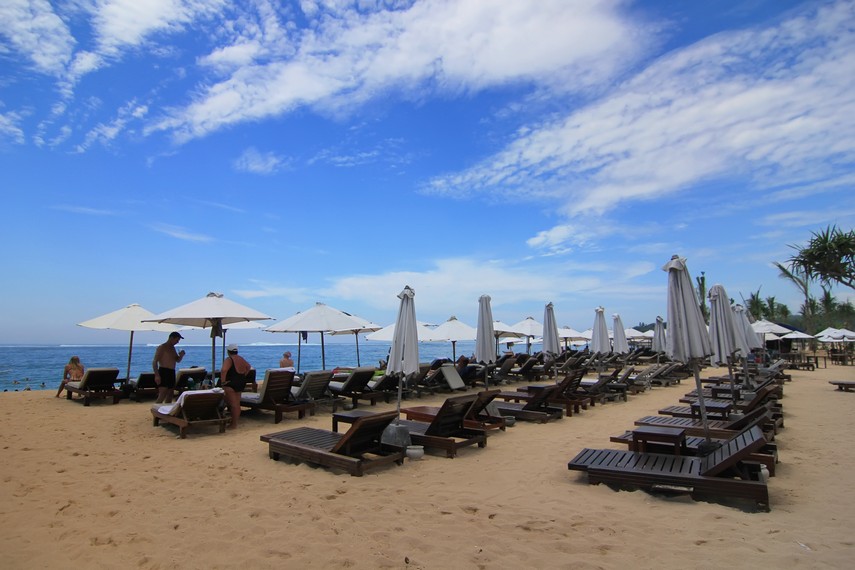
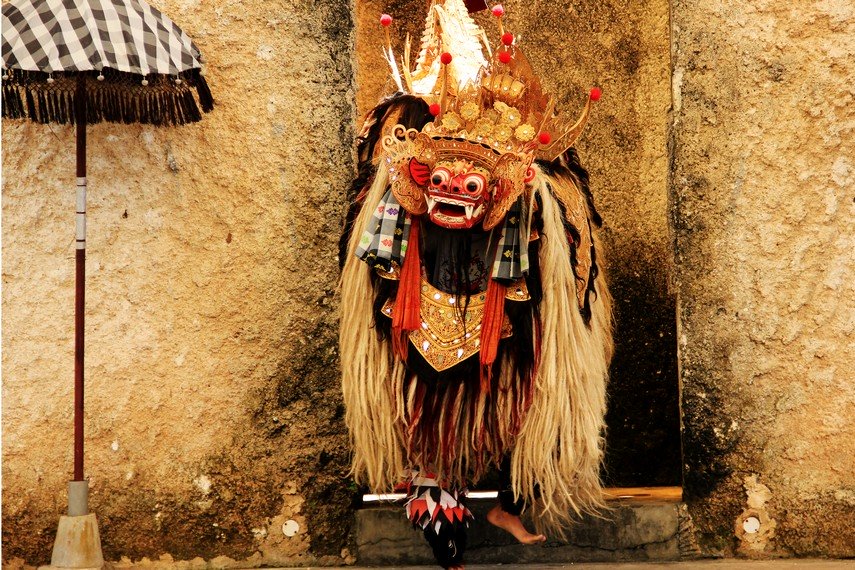




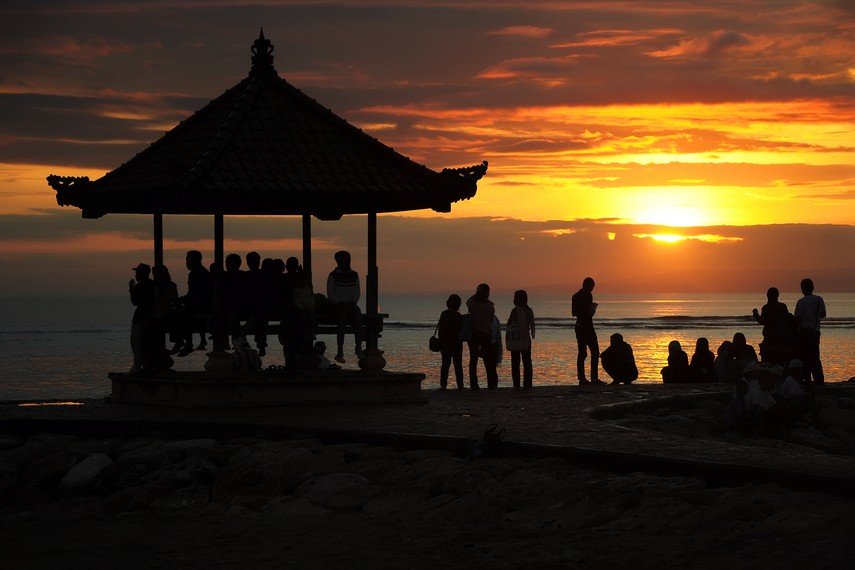
0